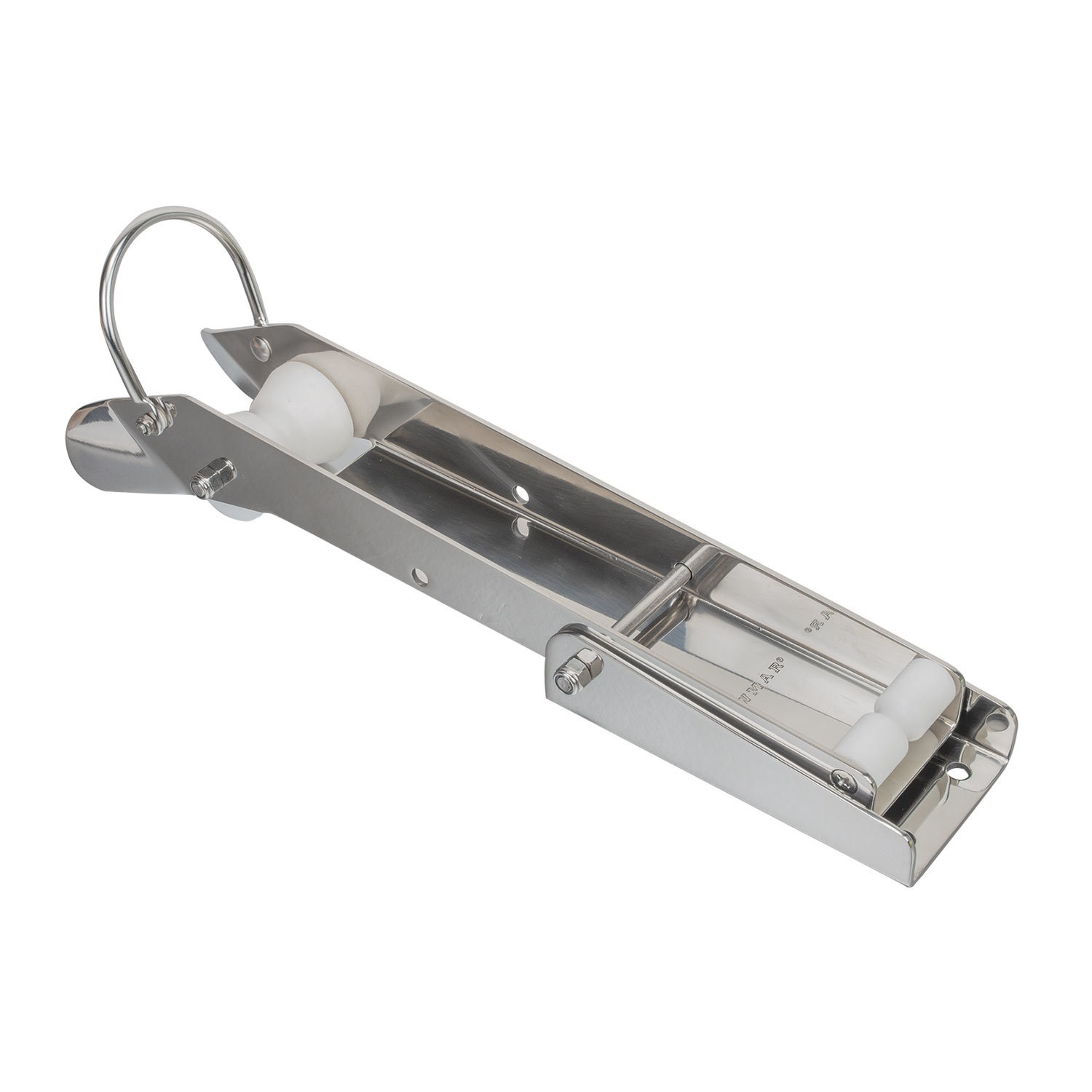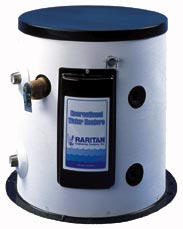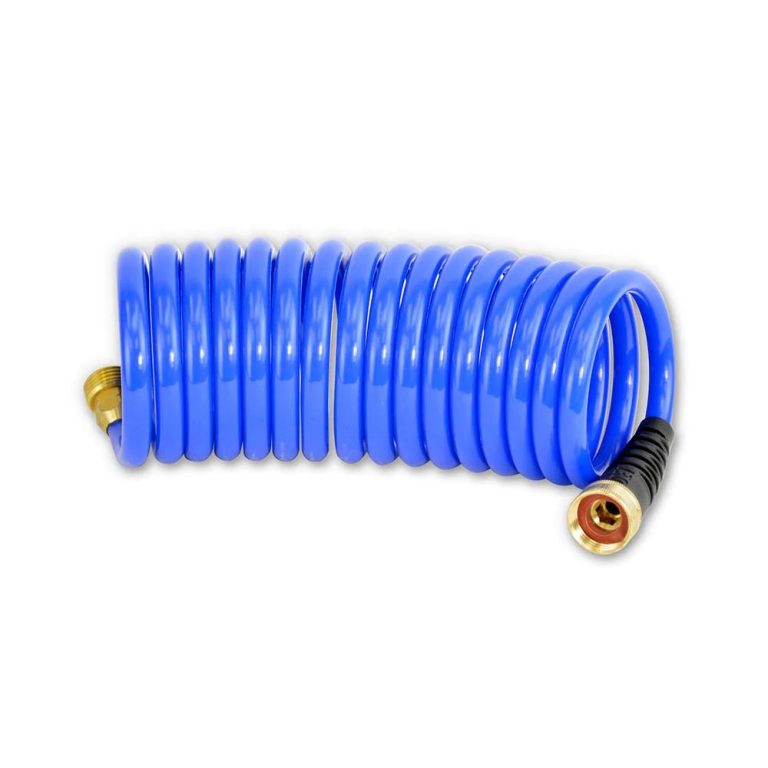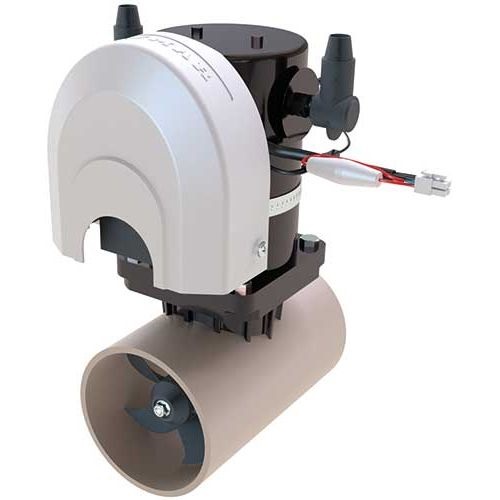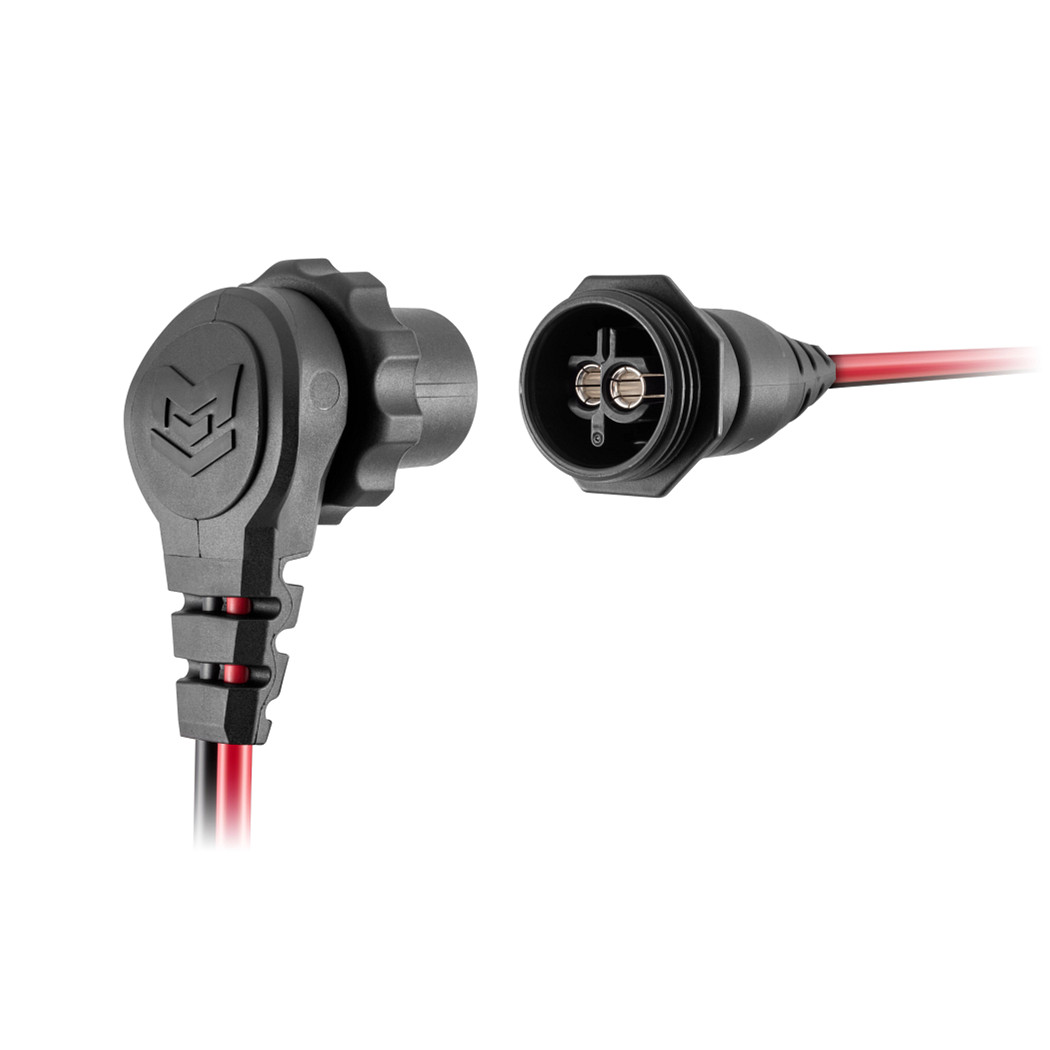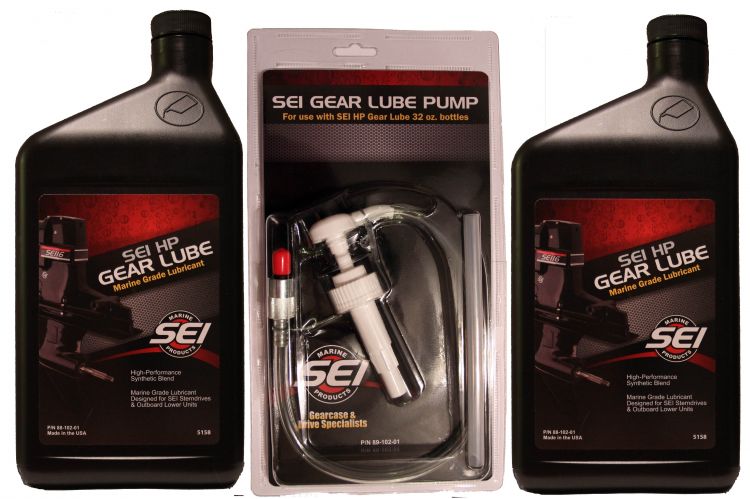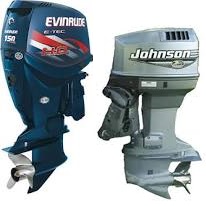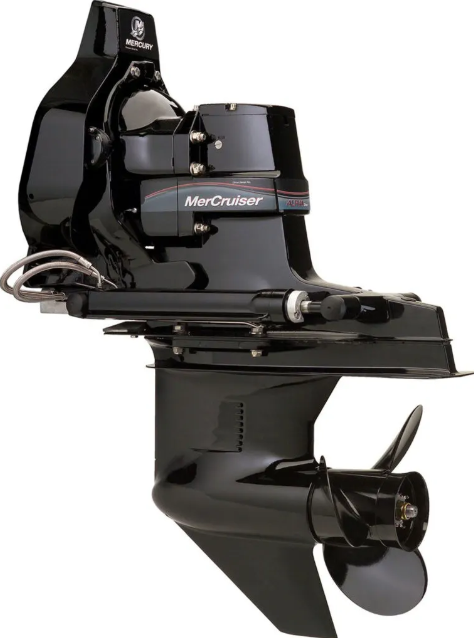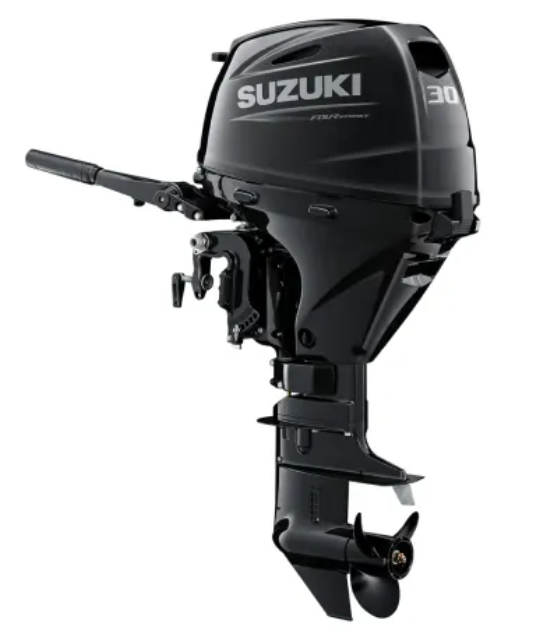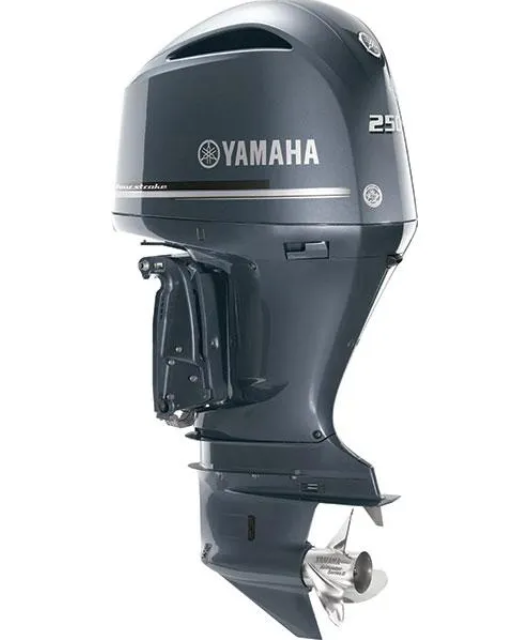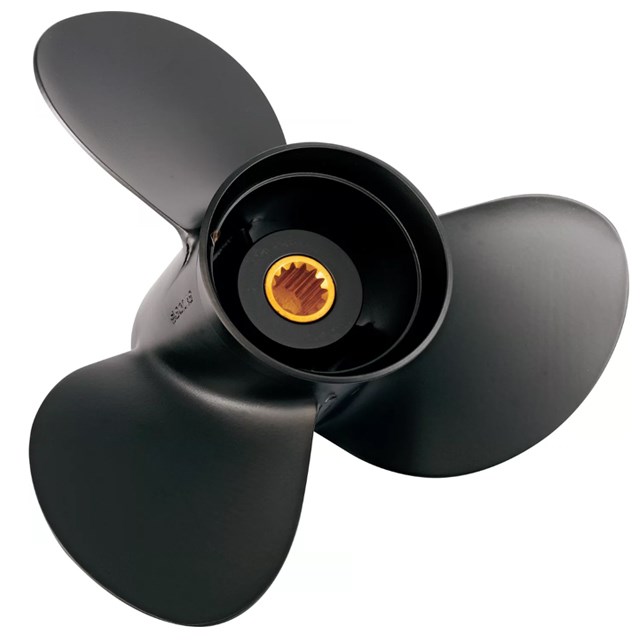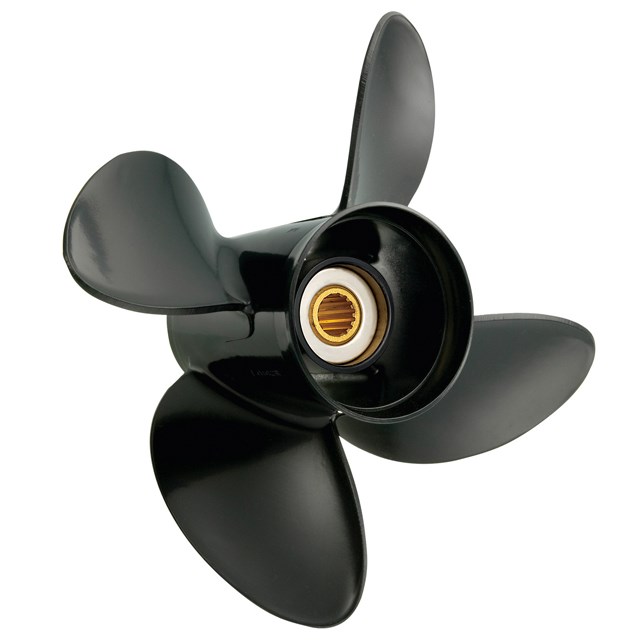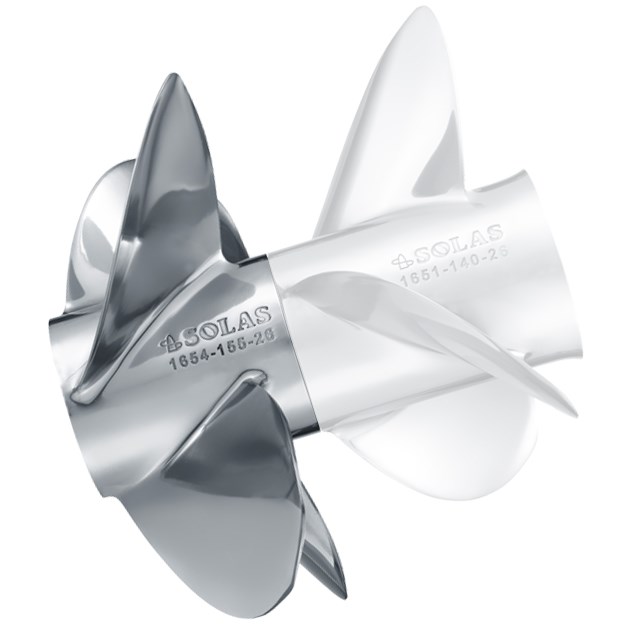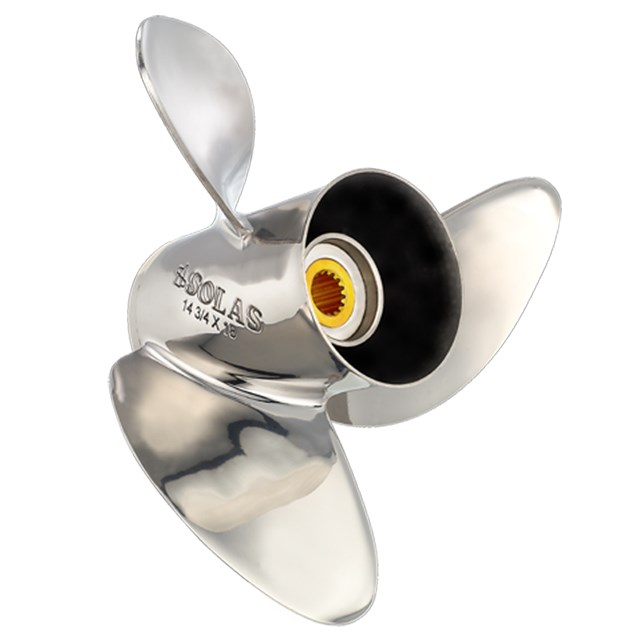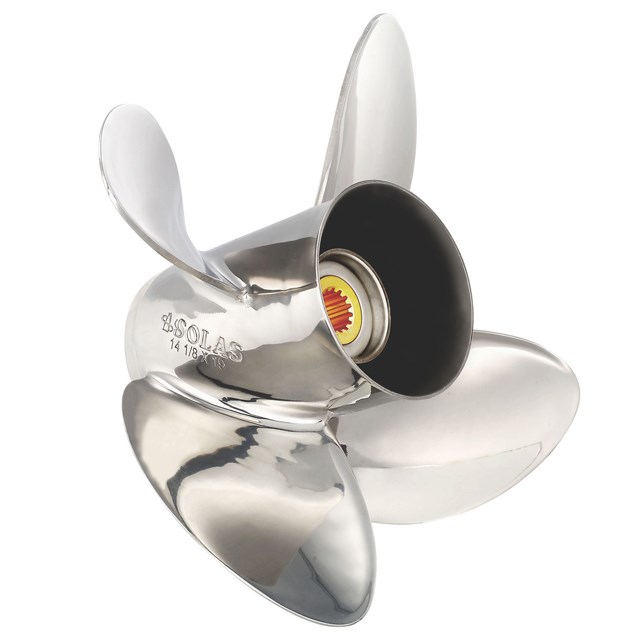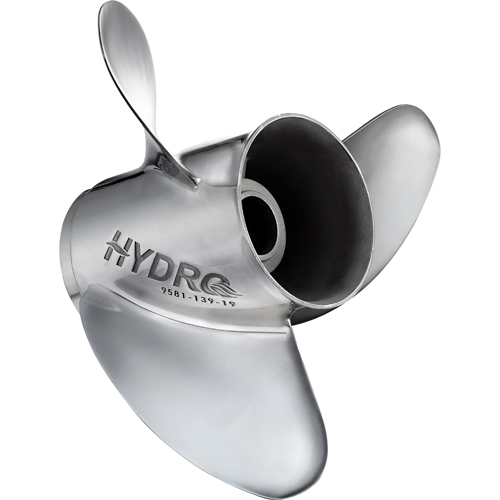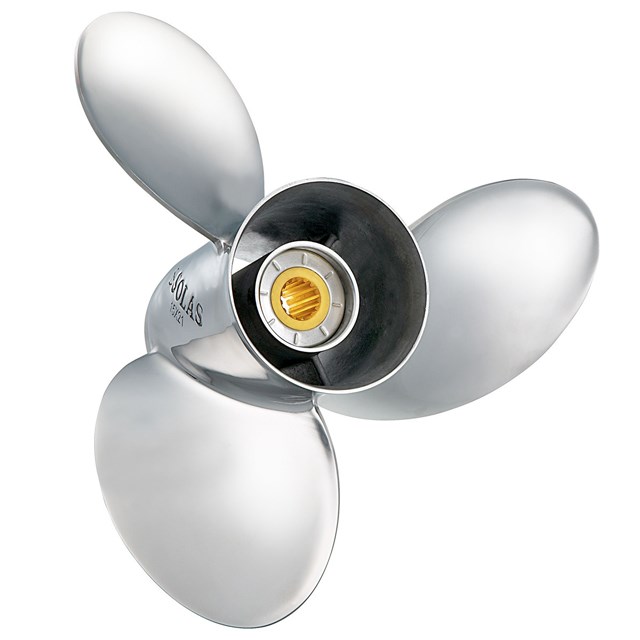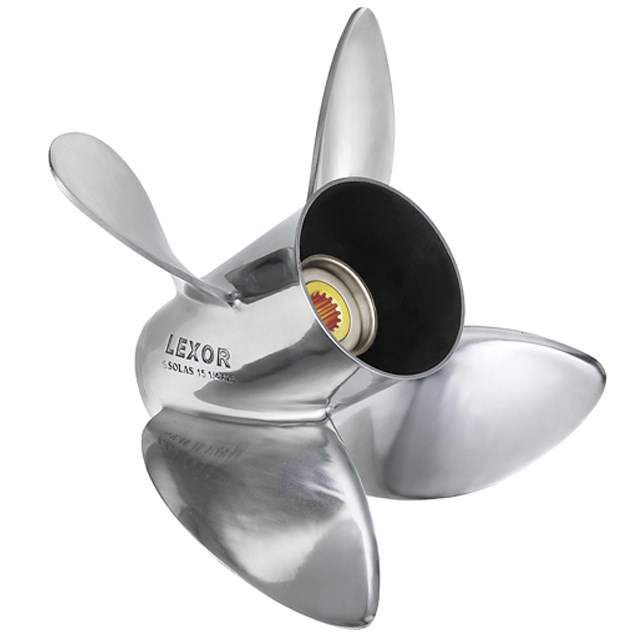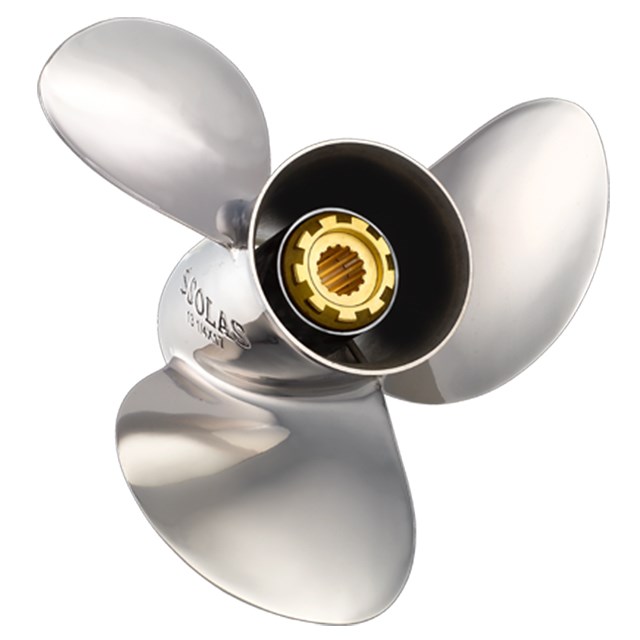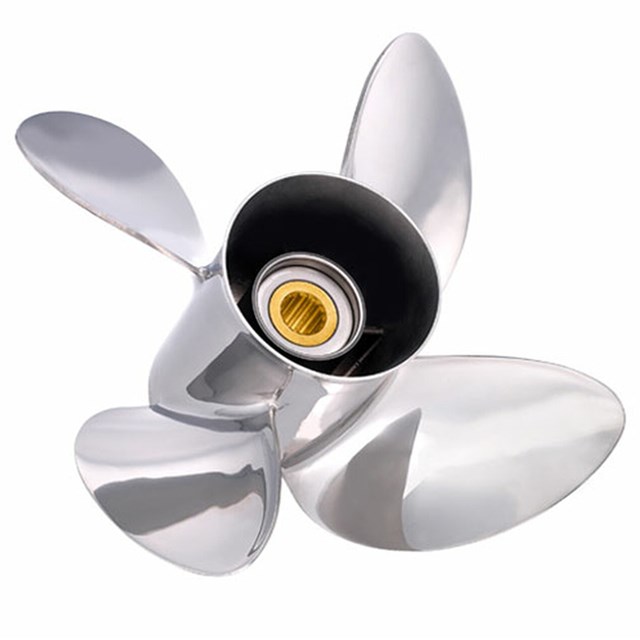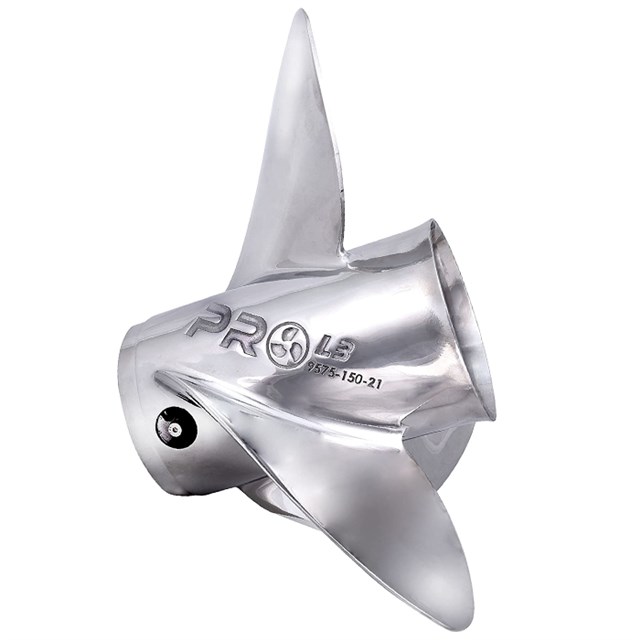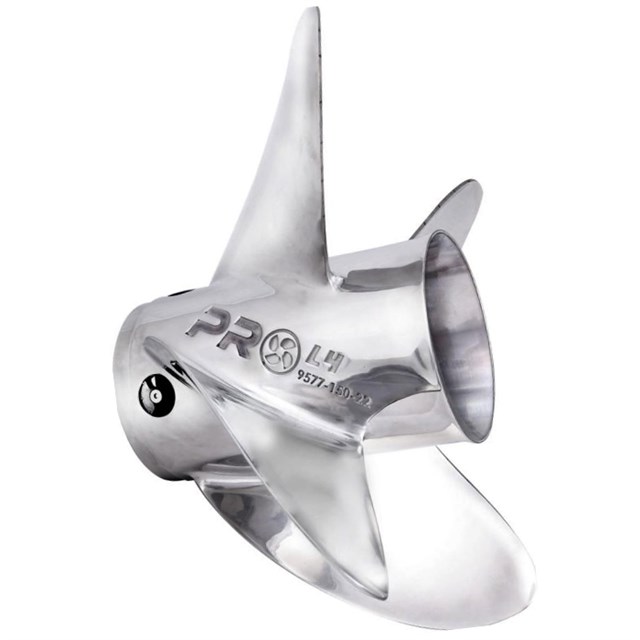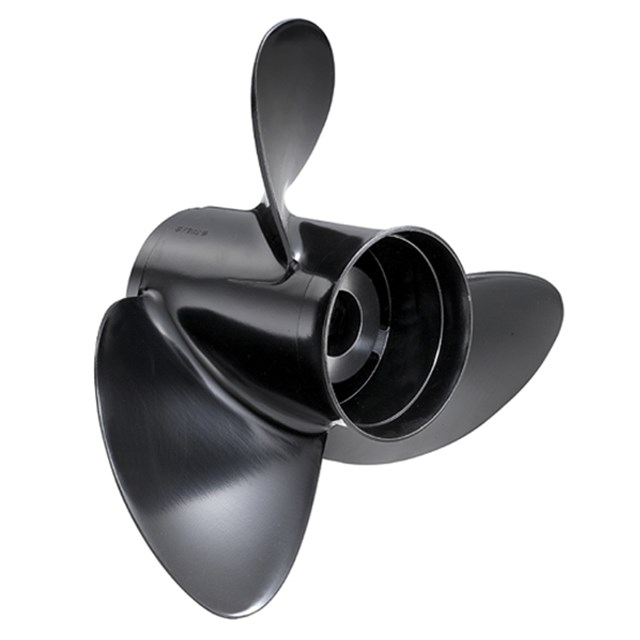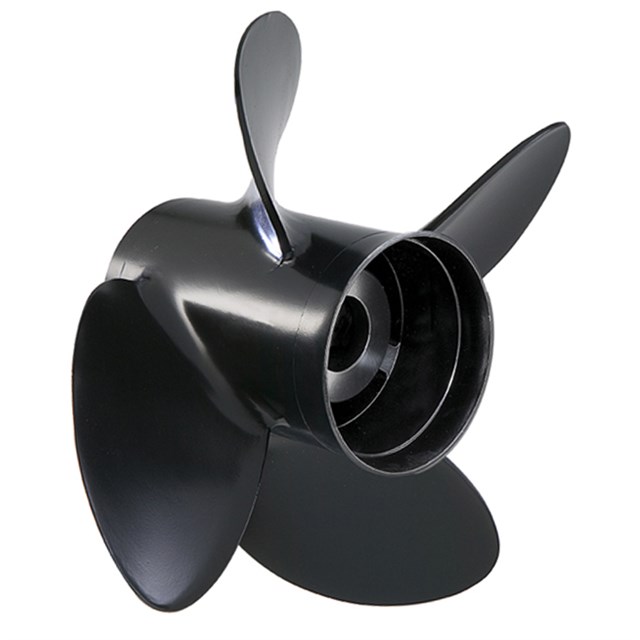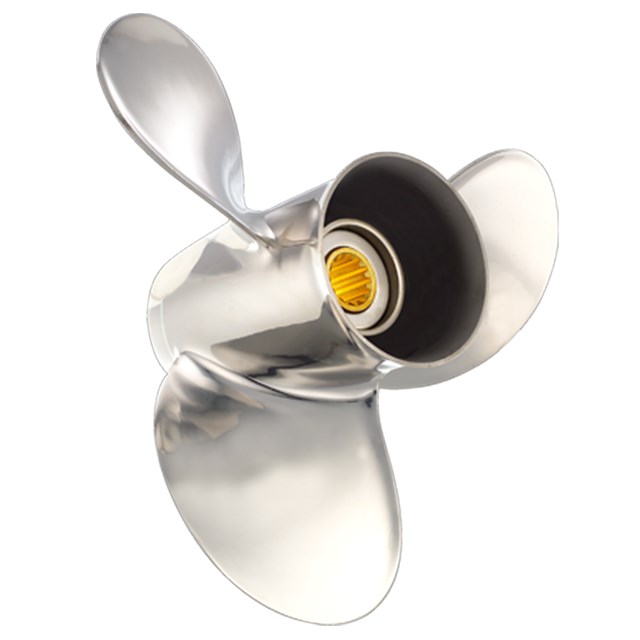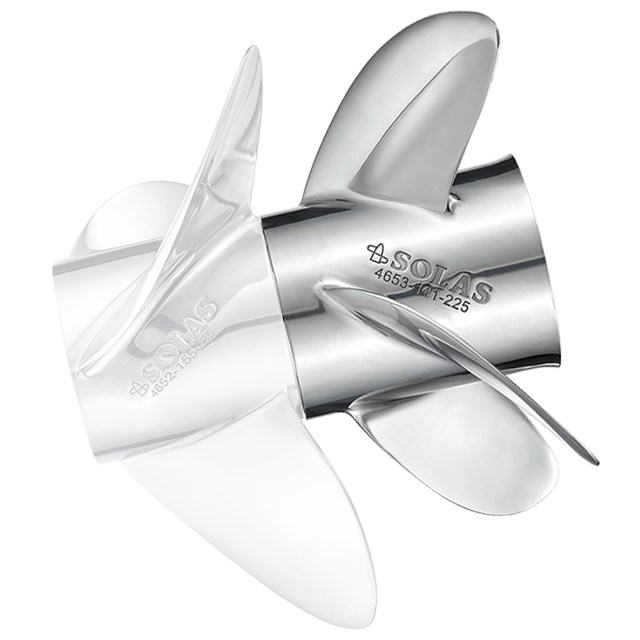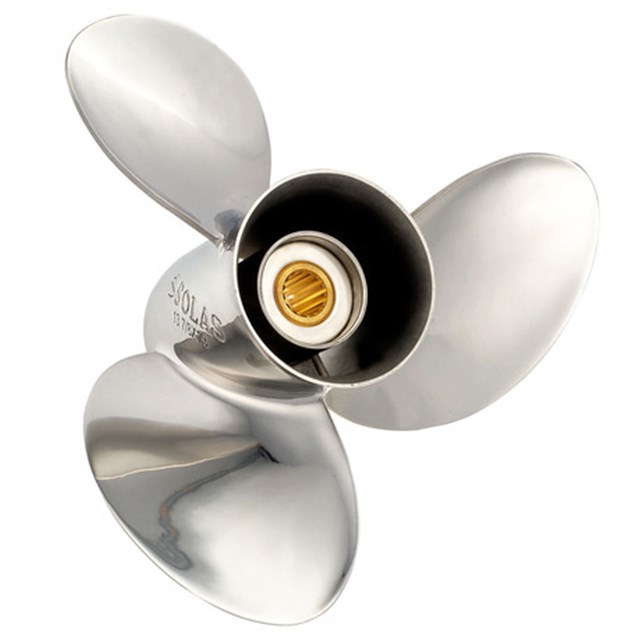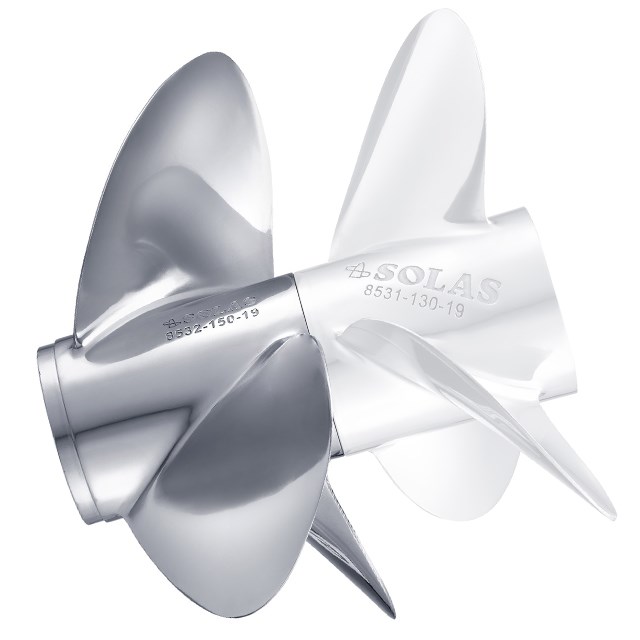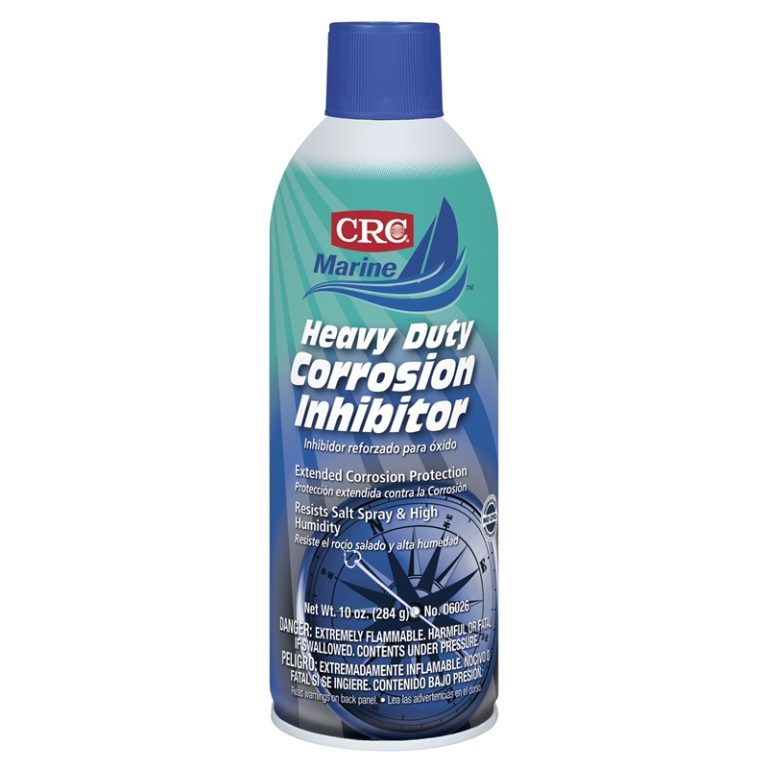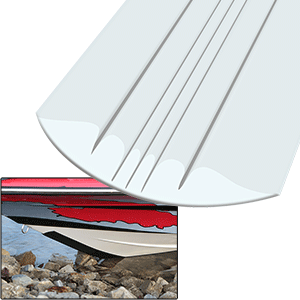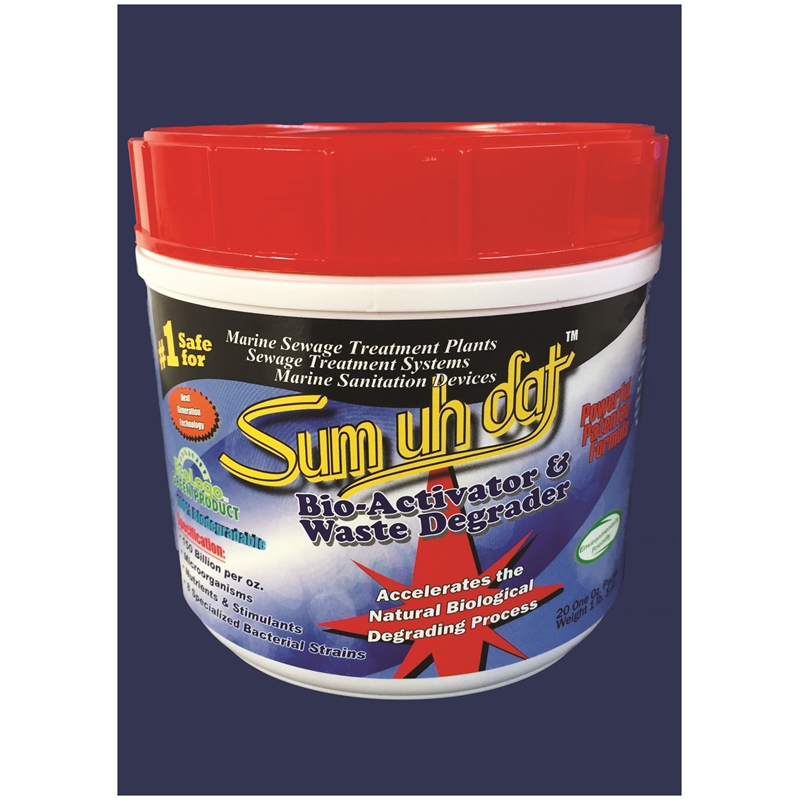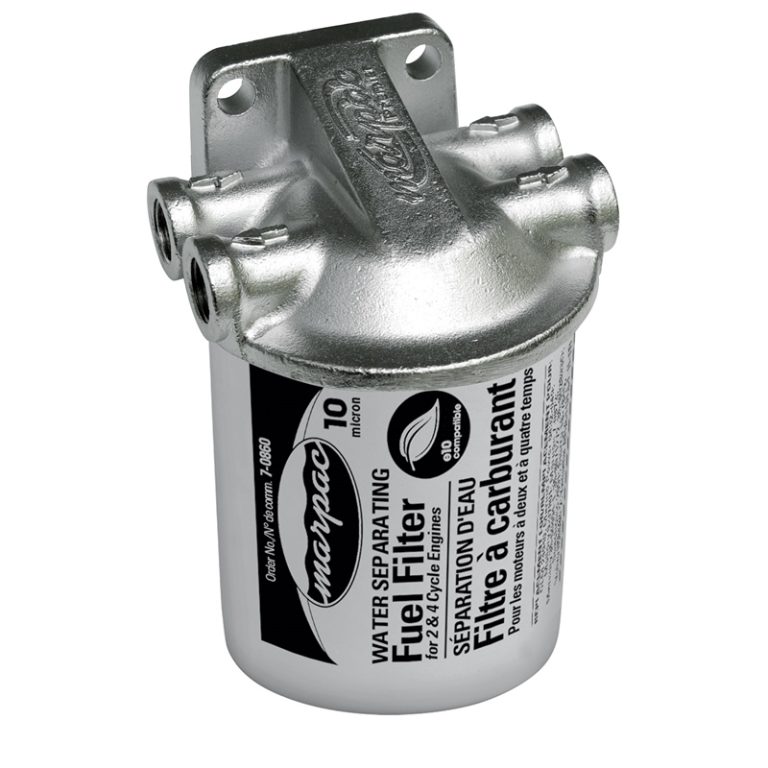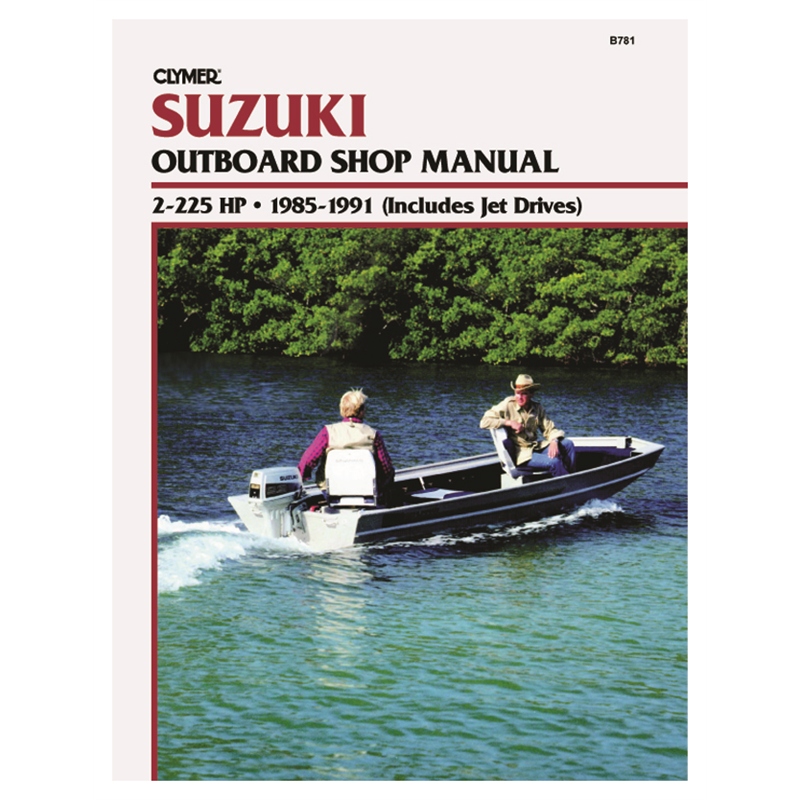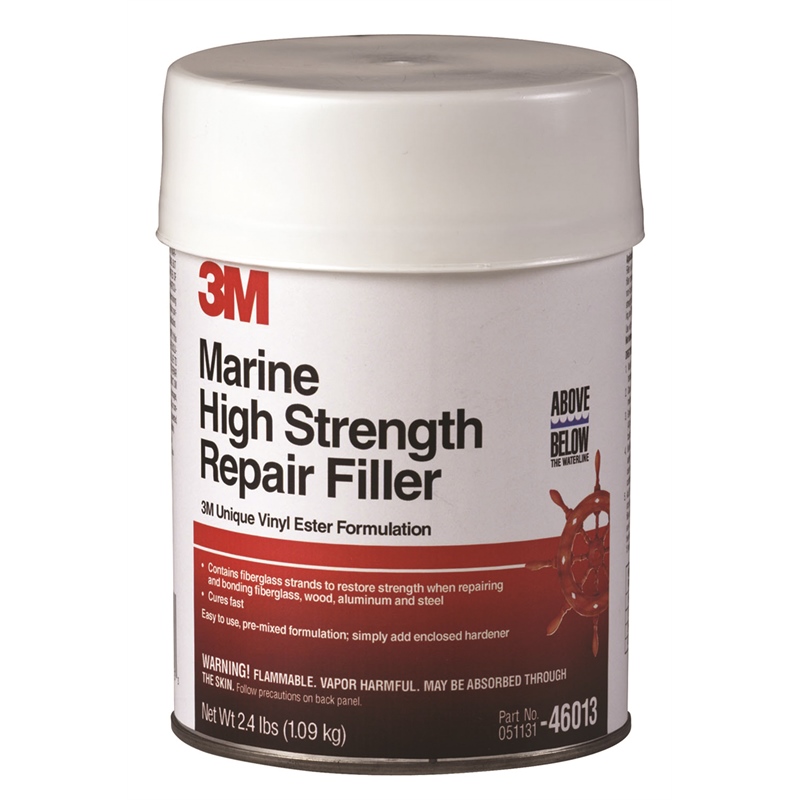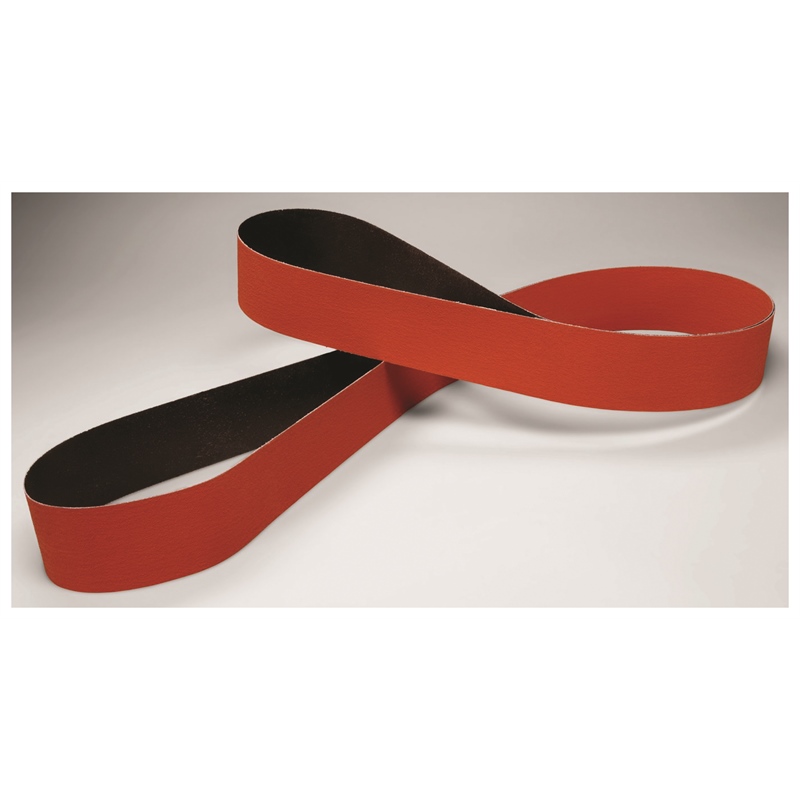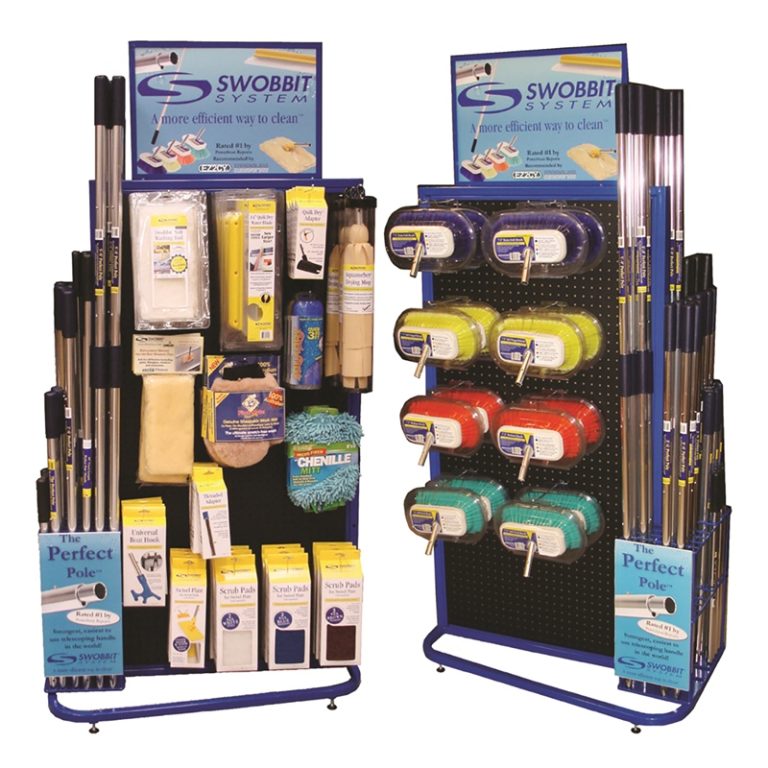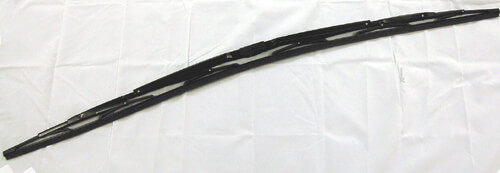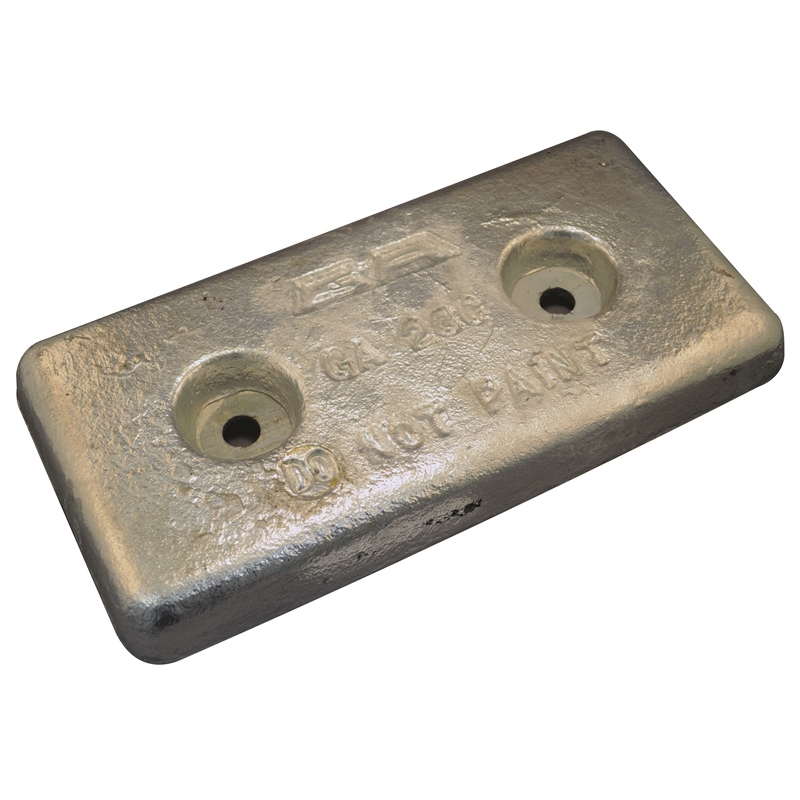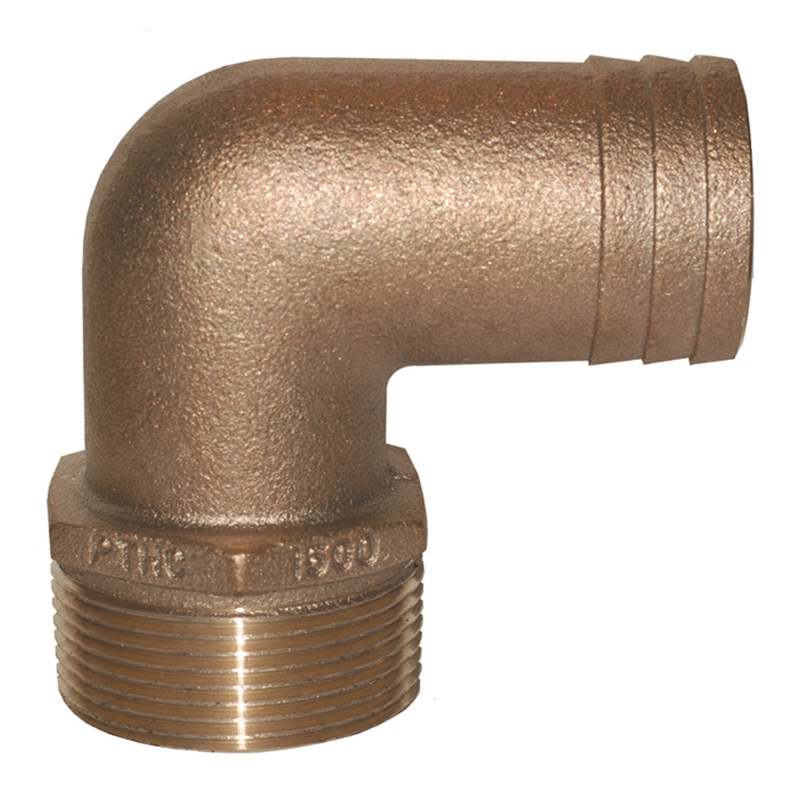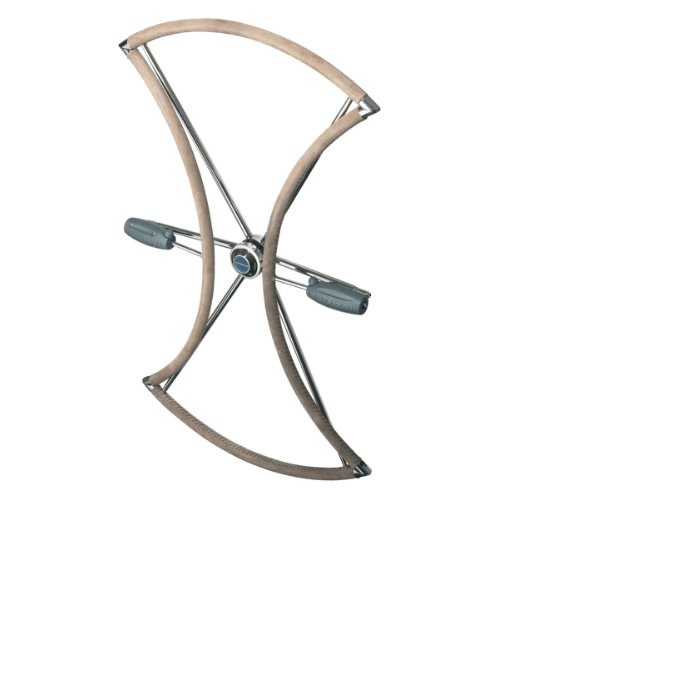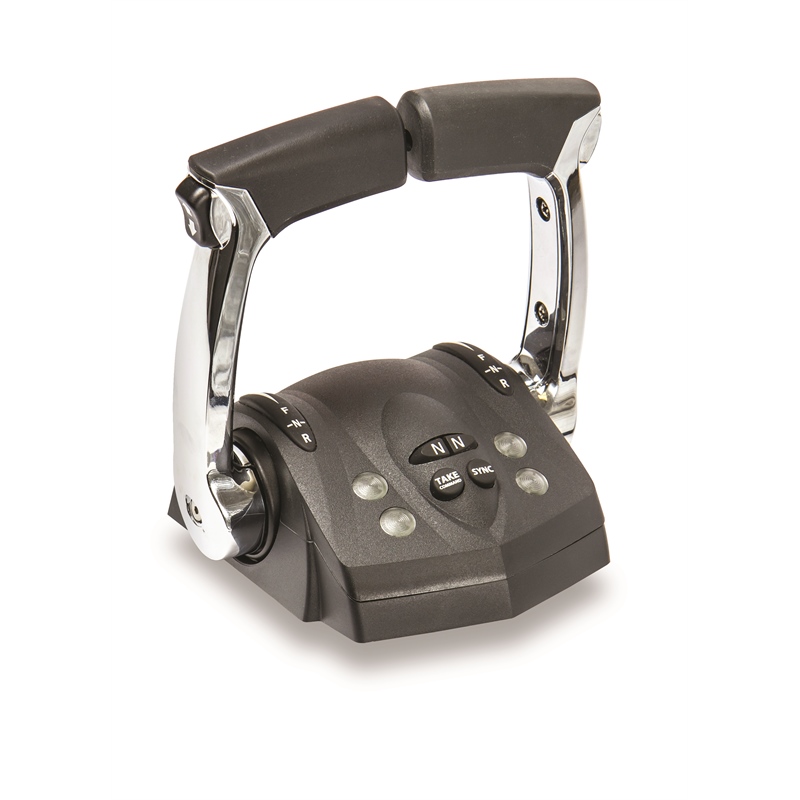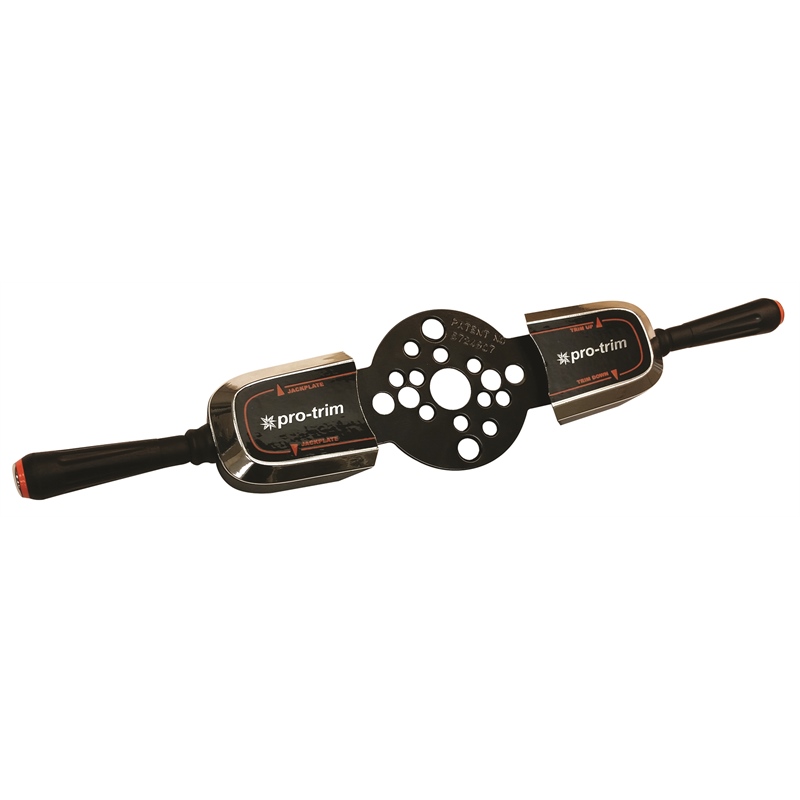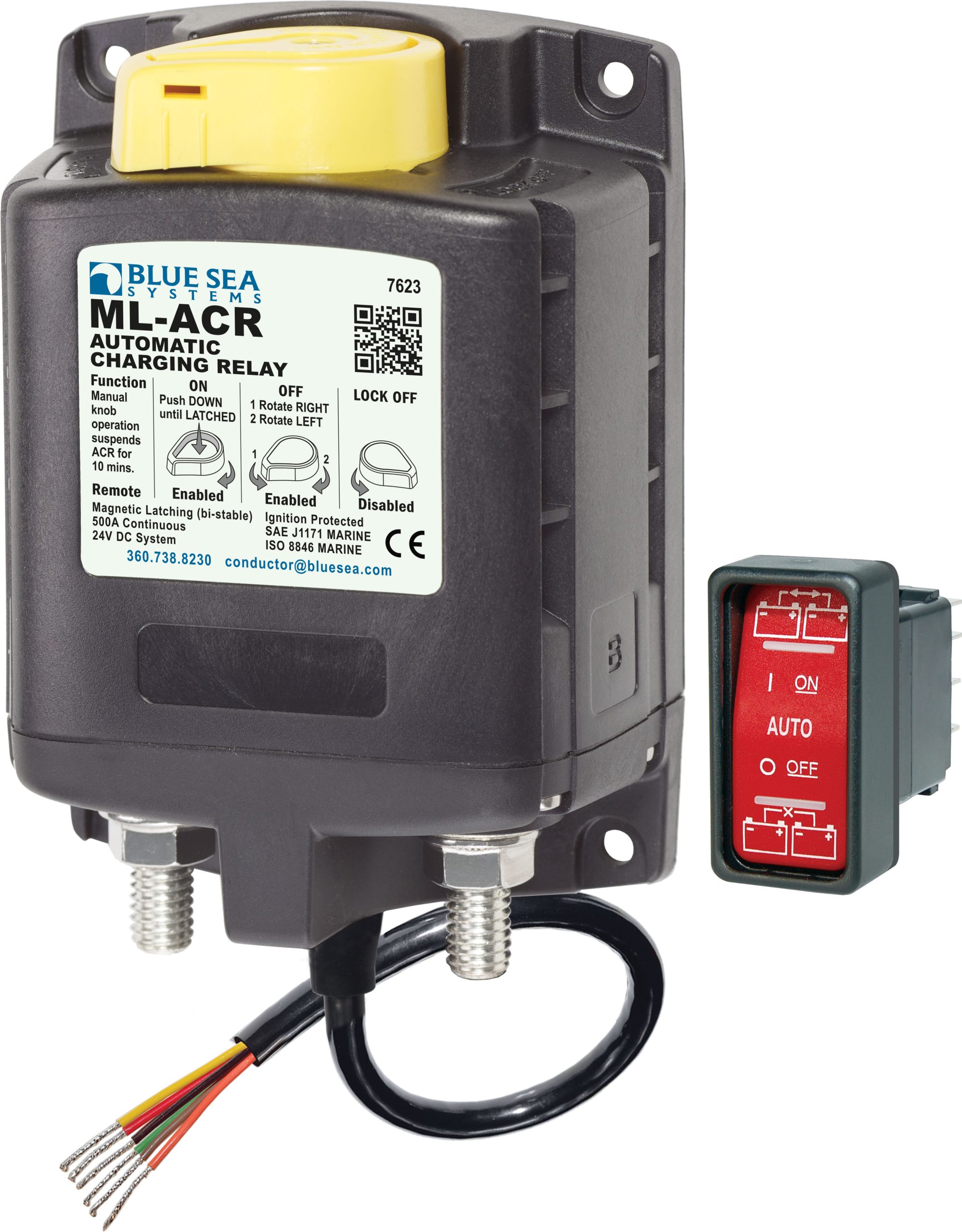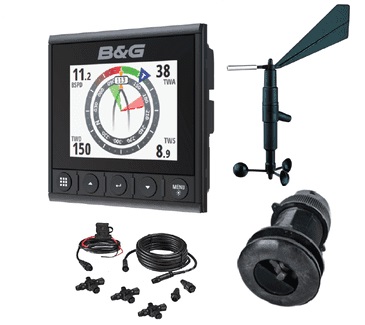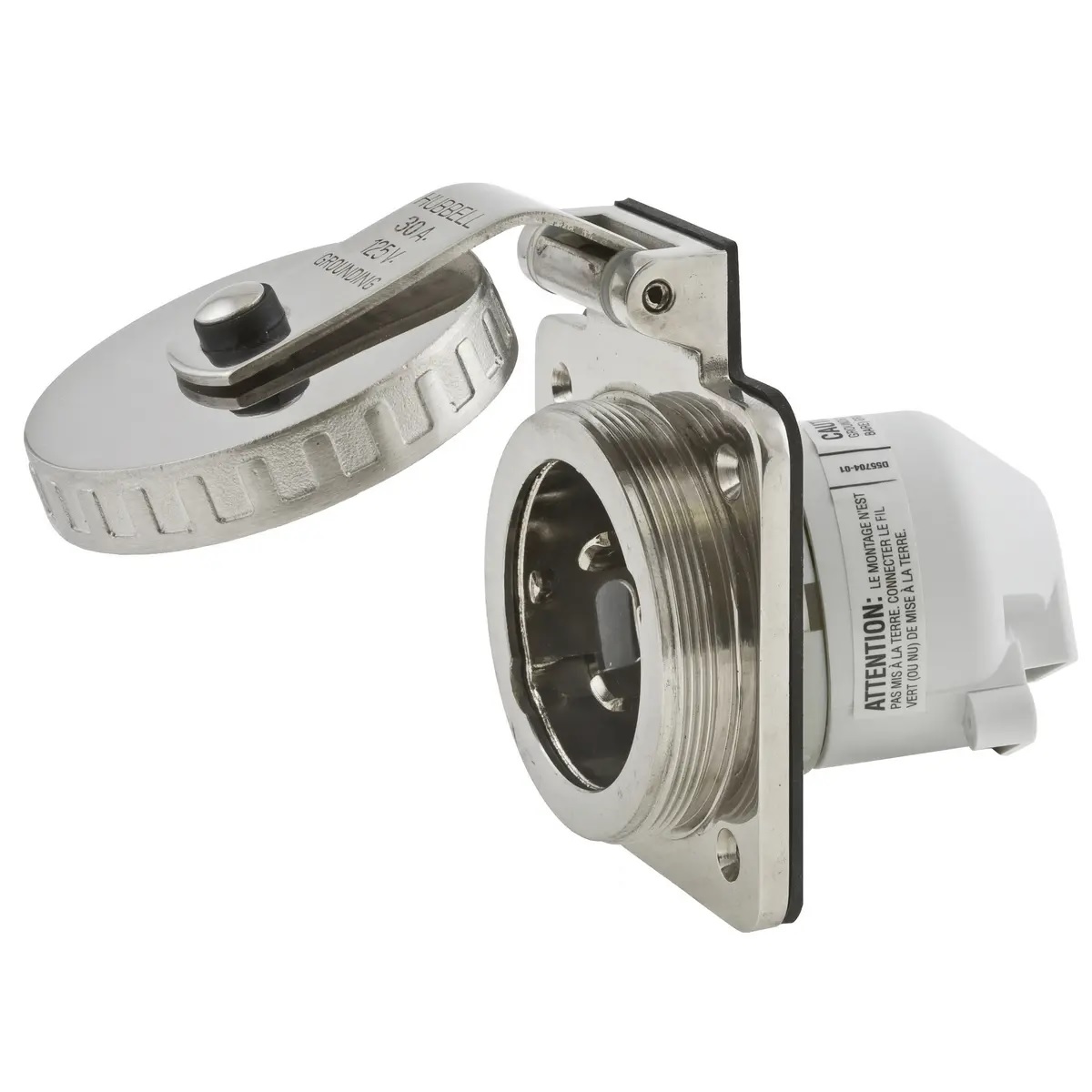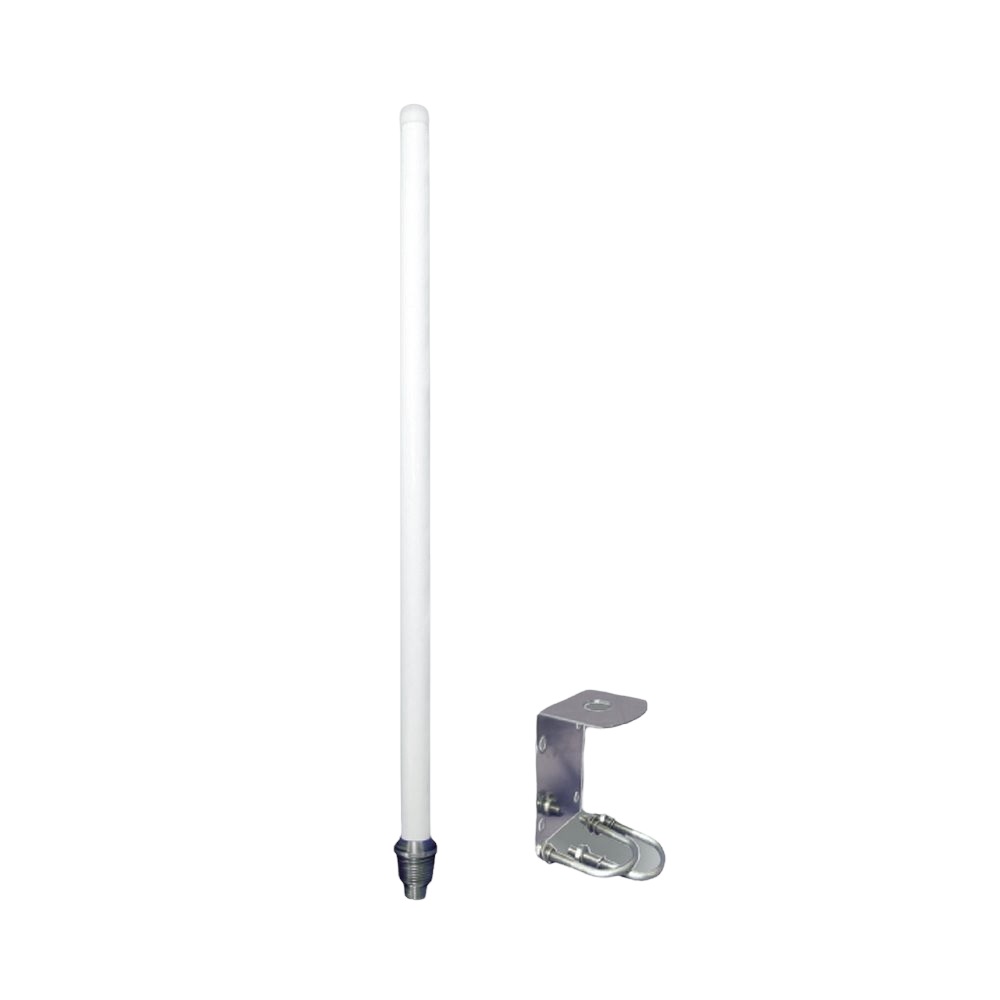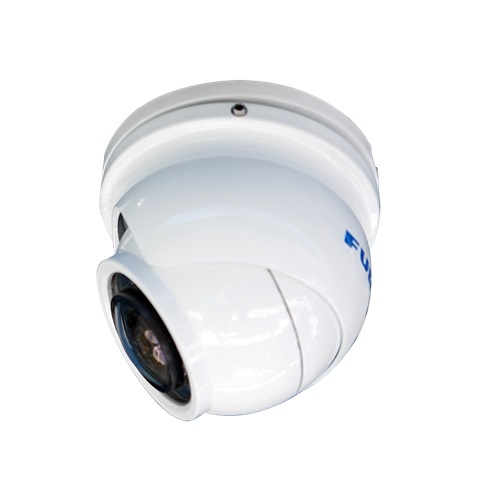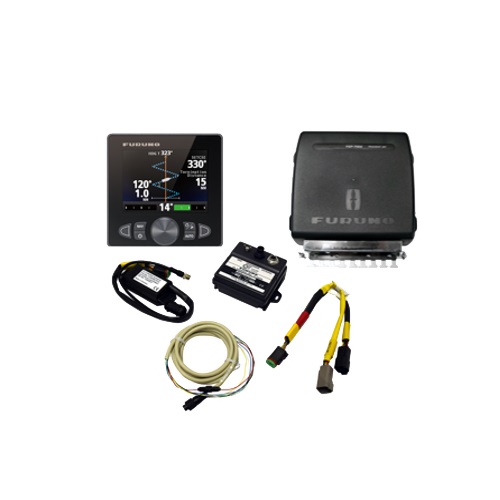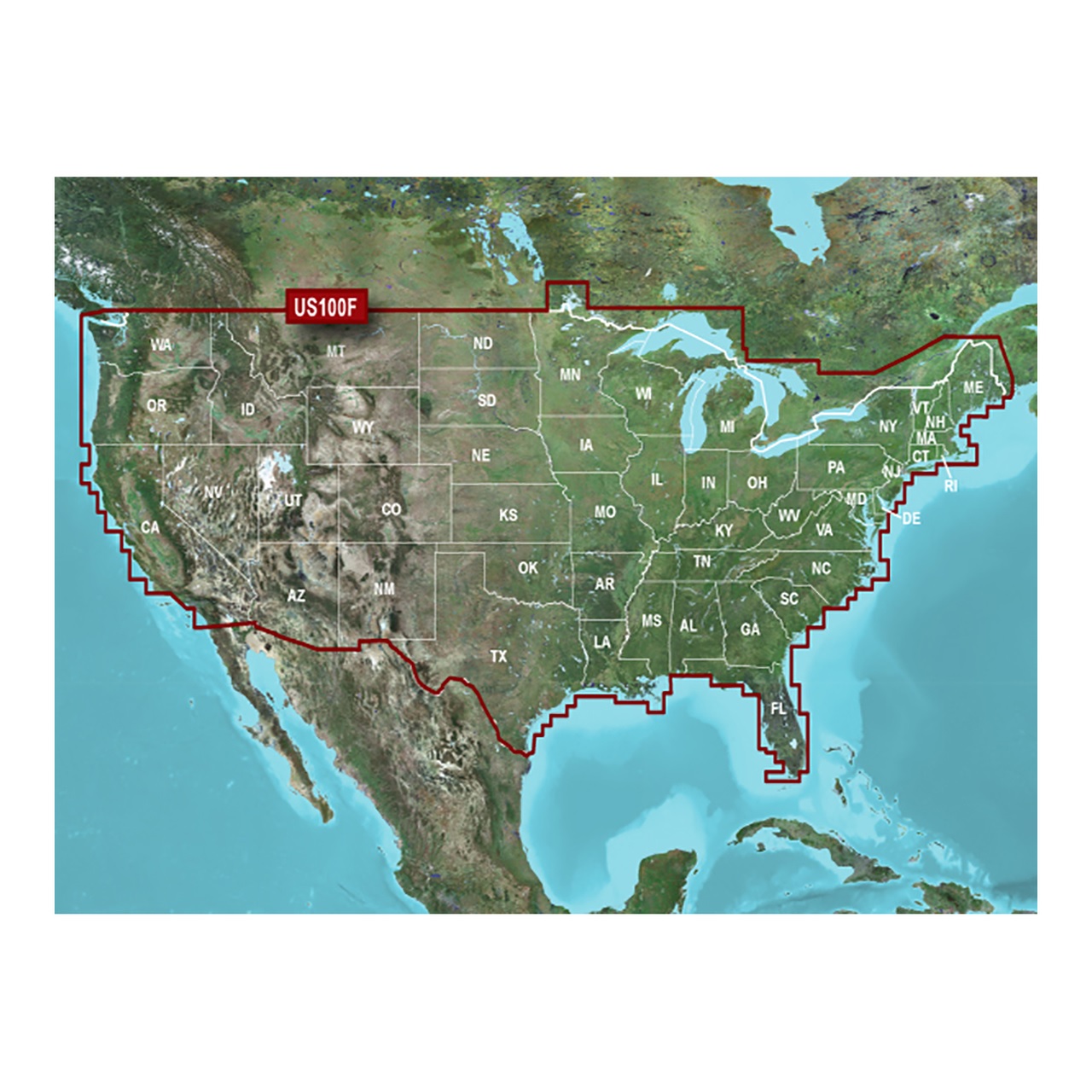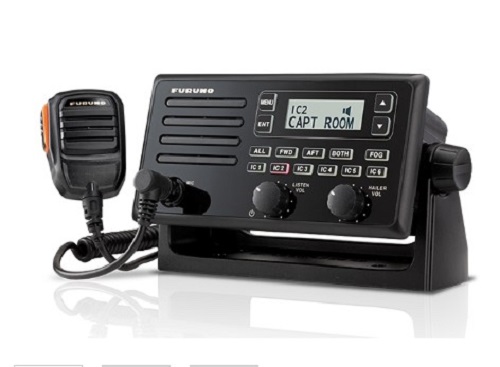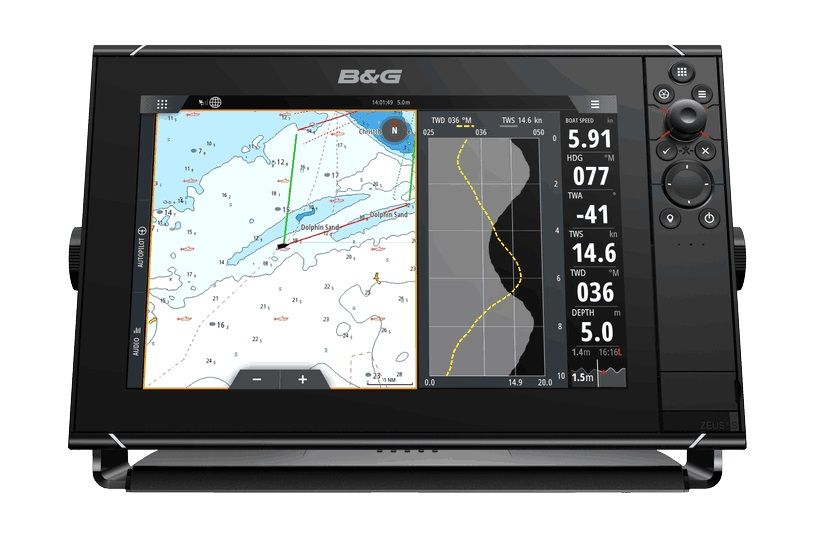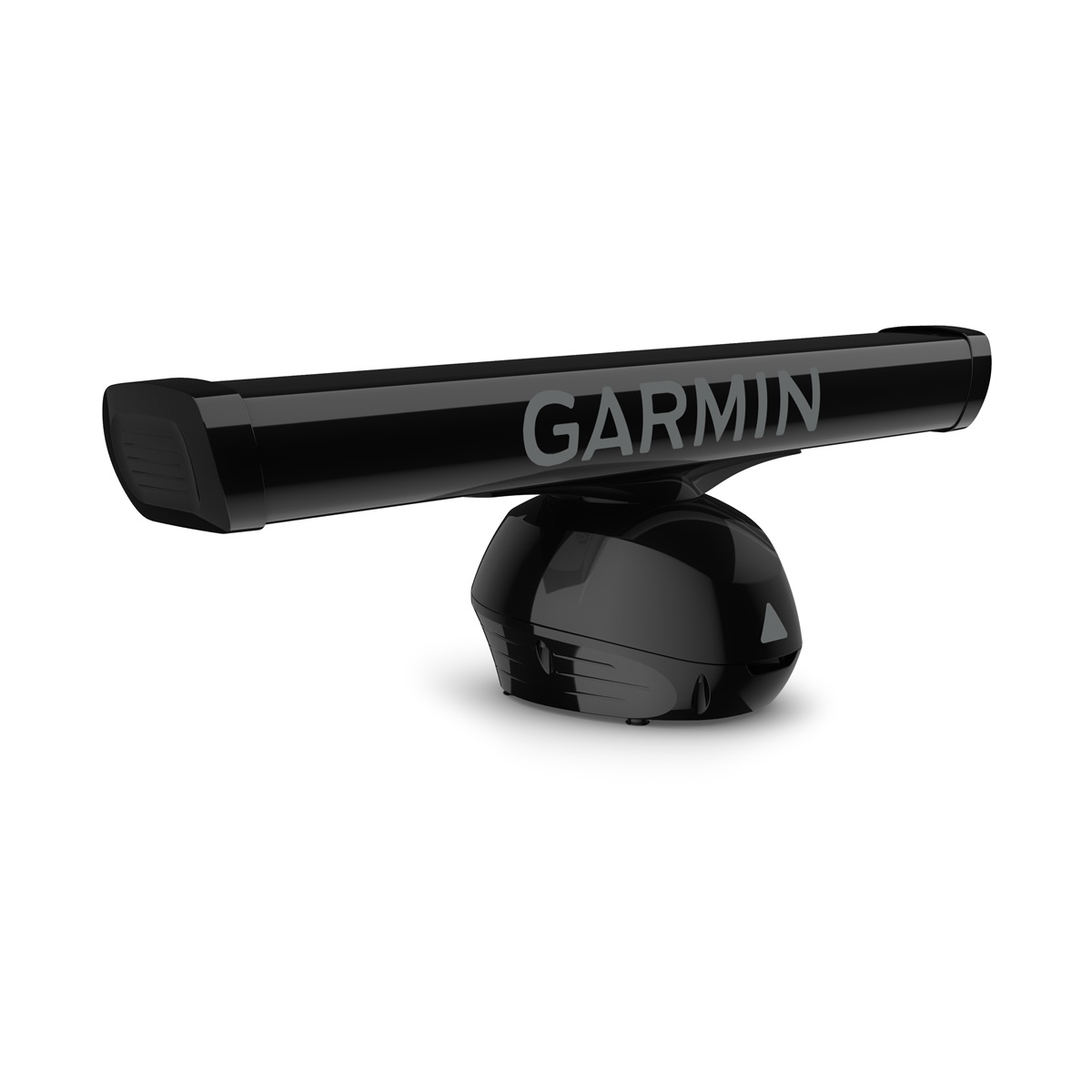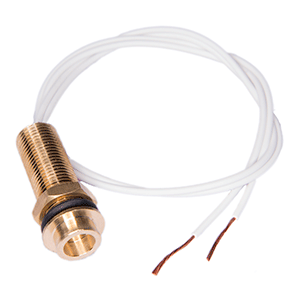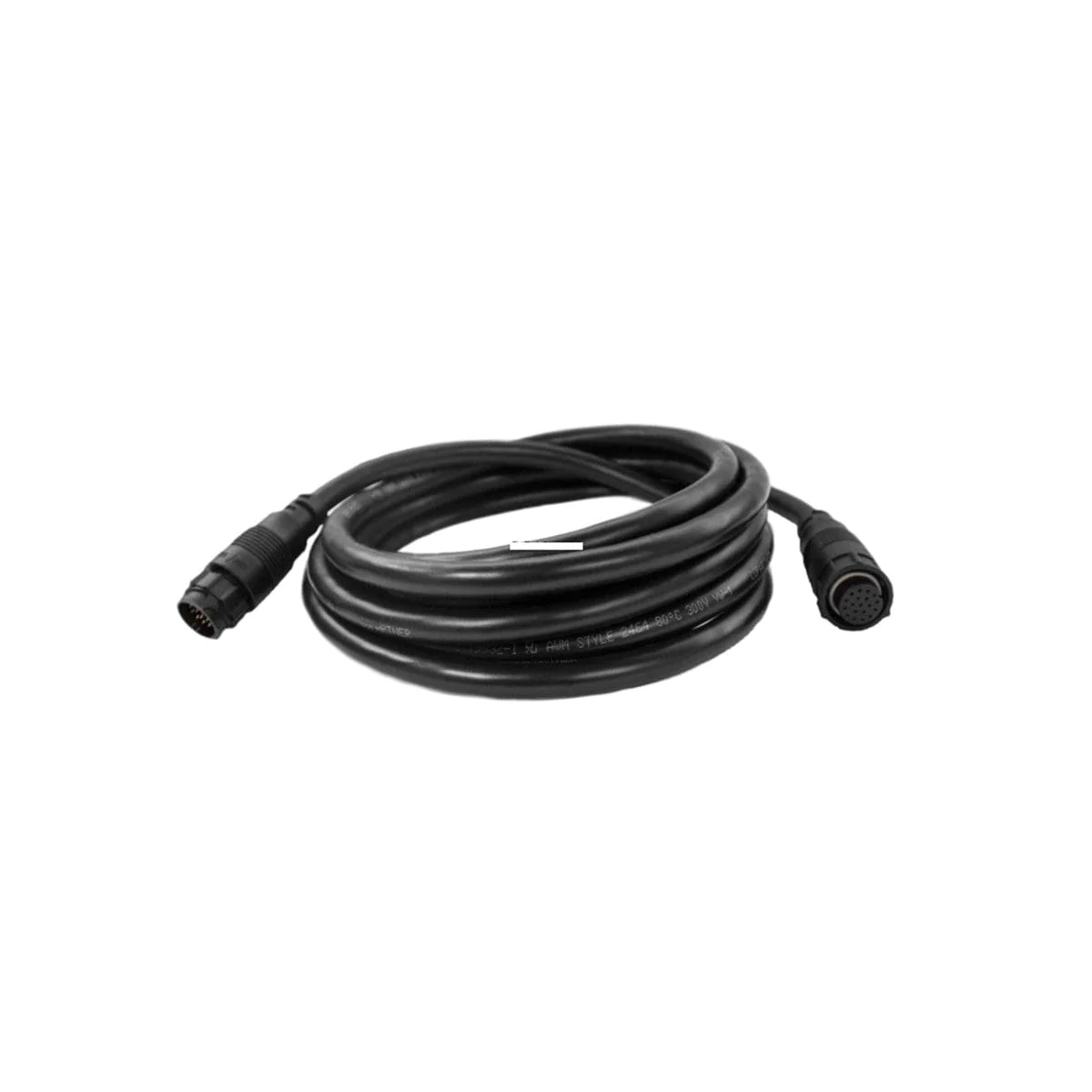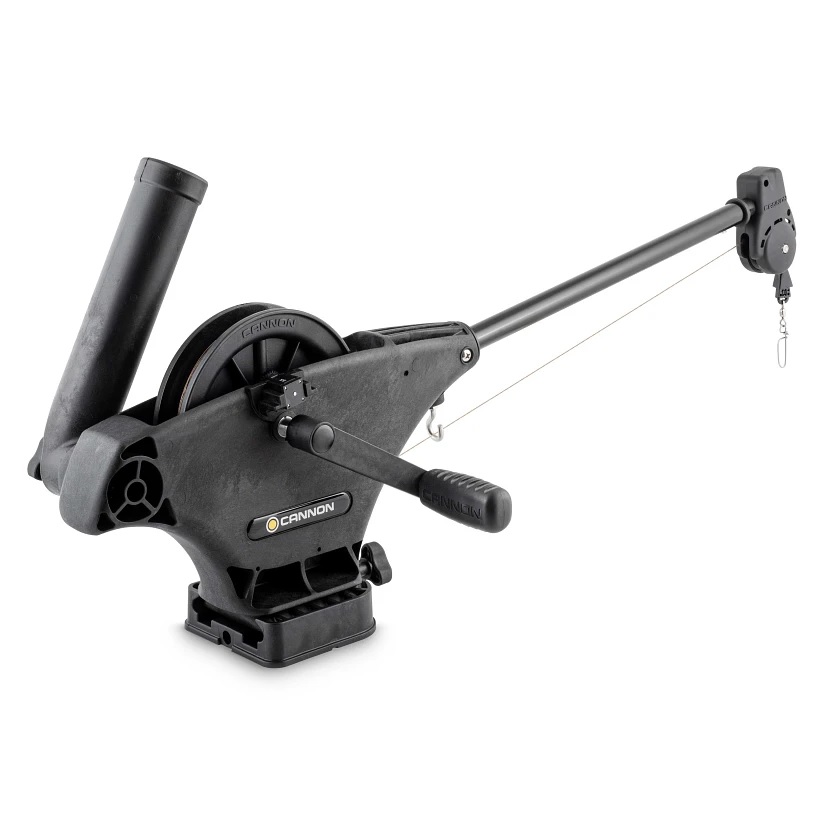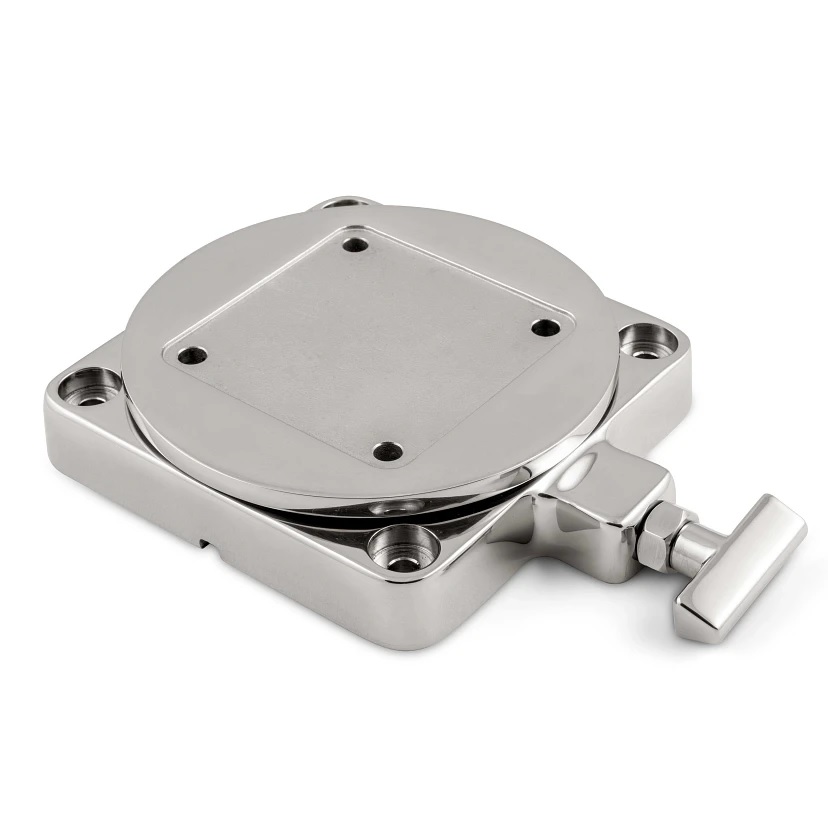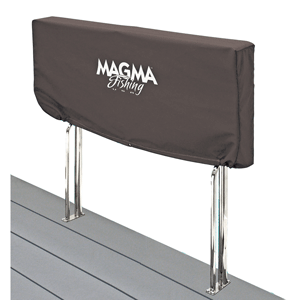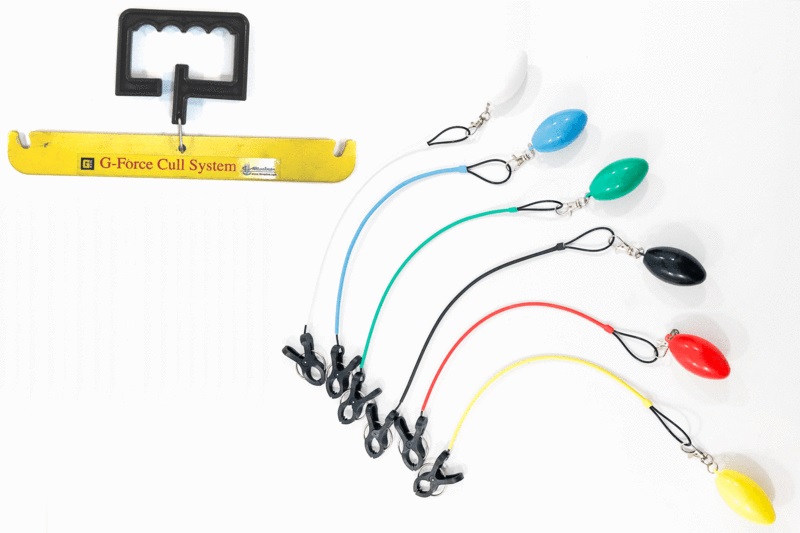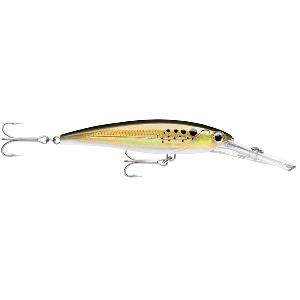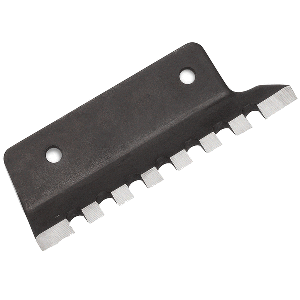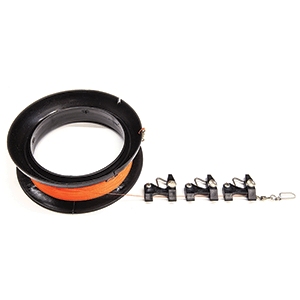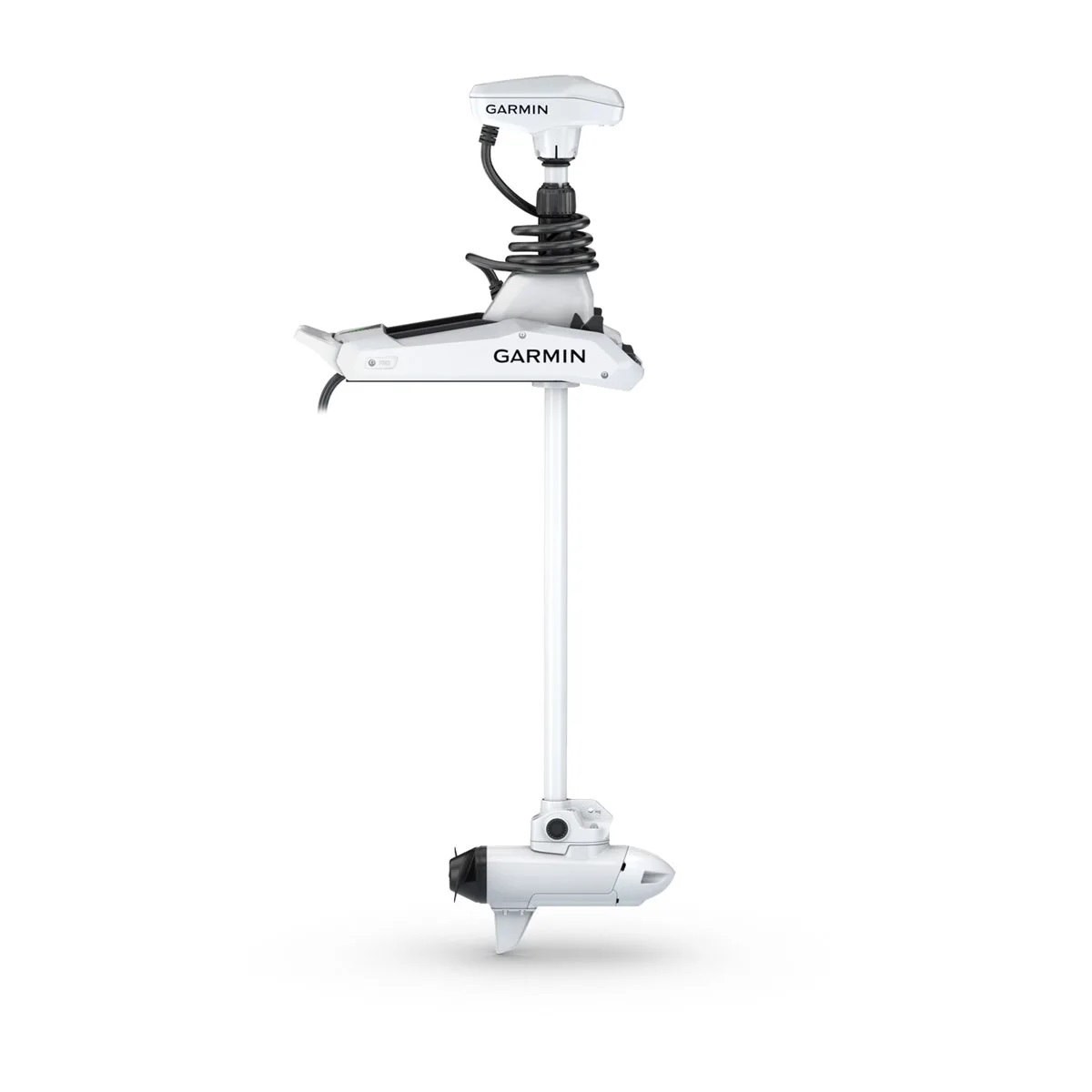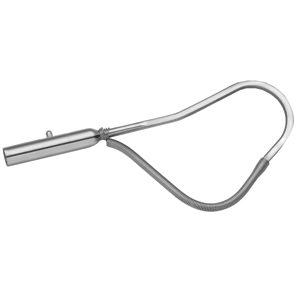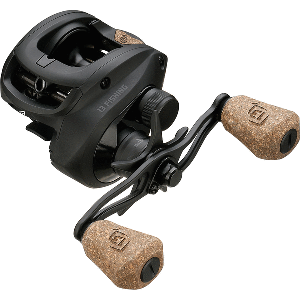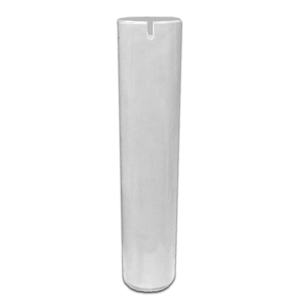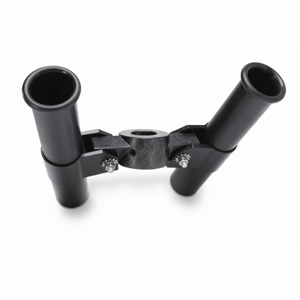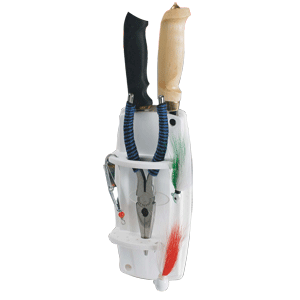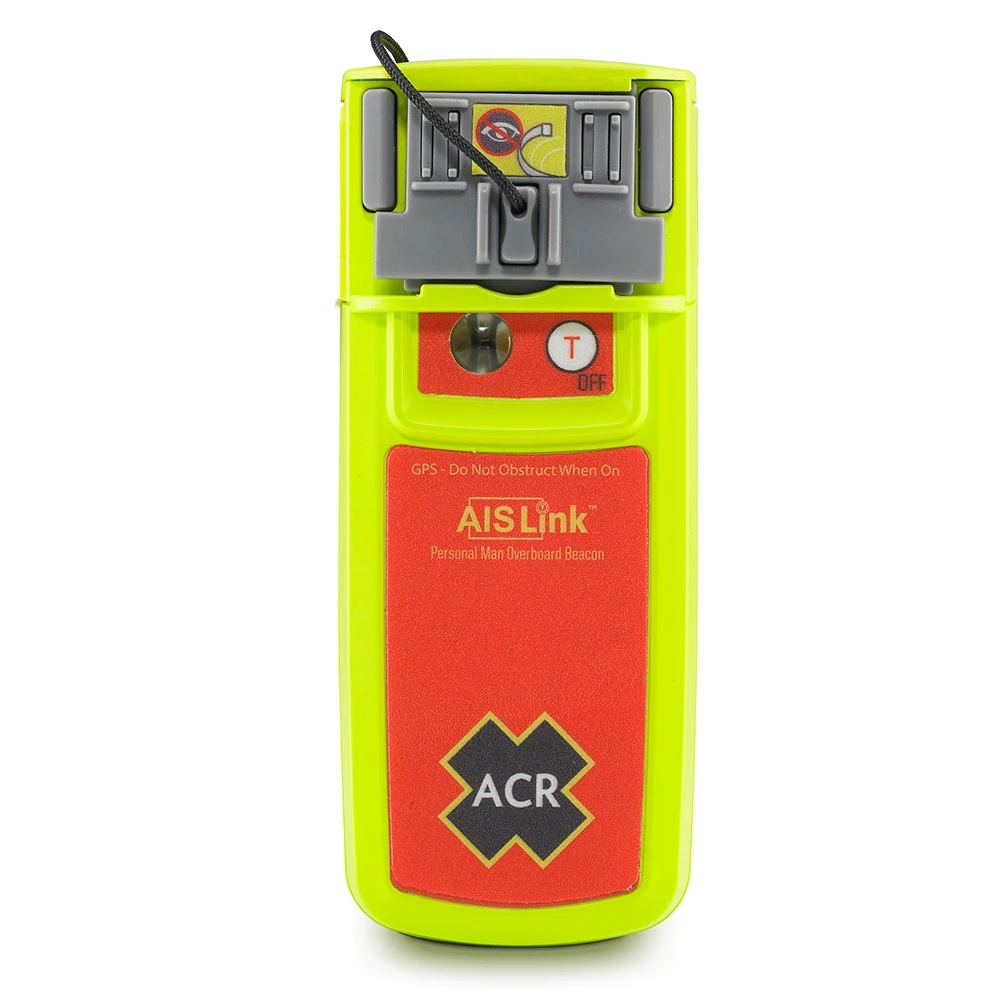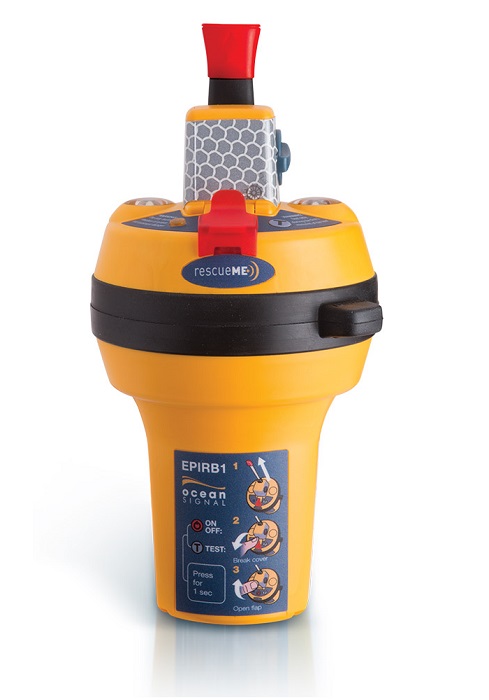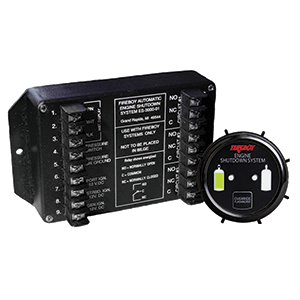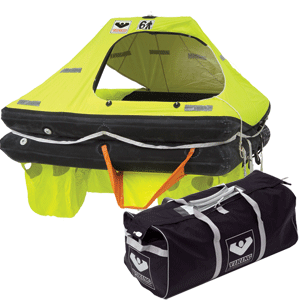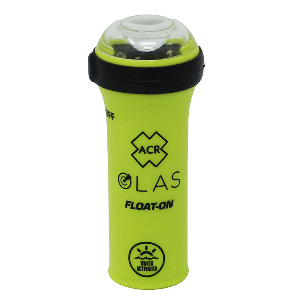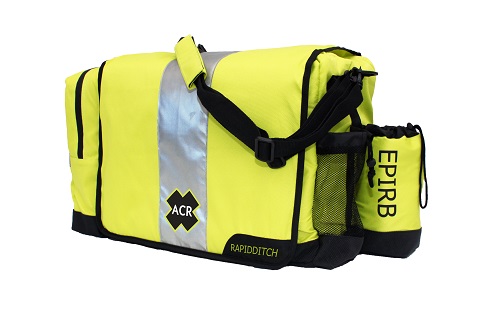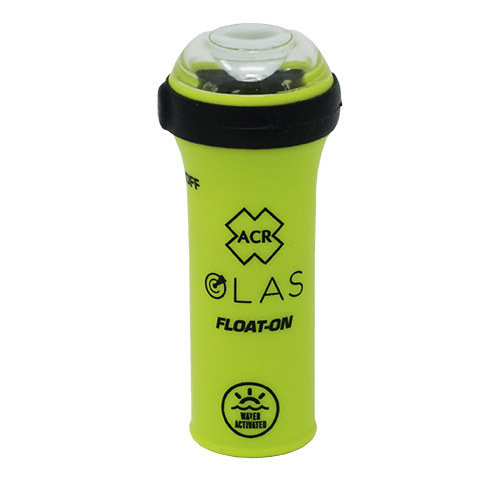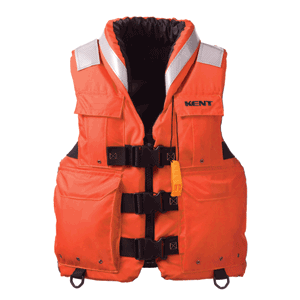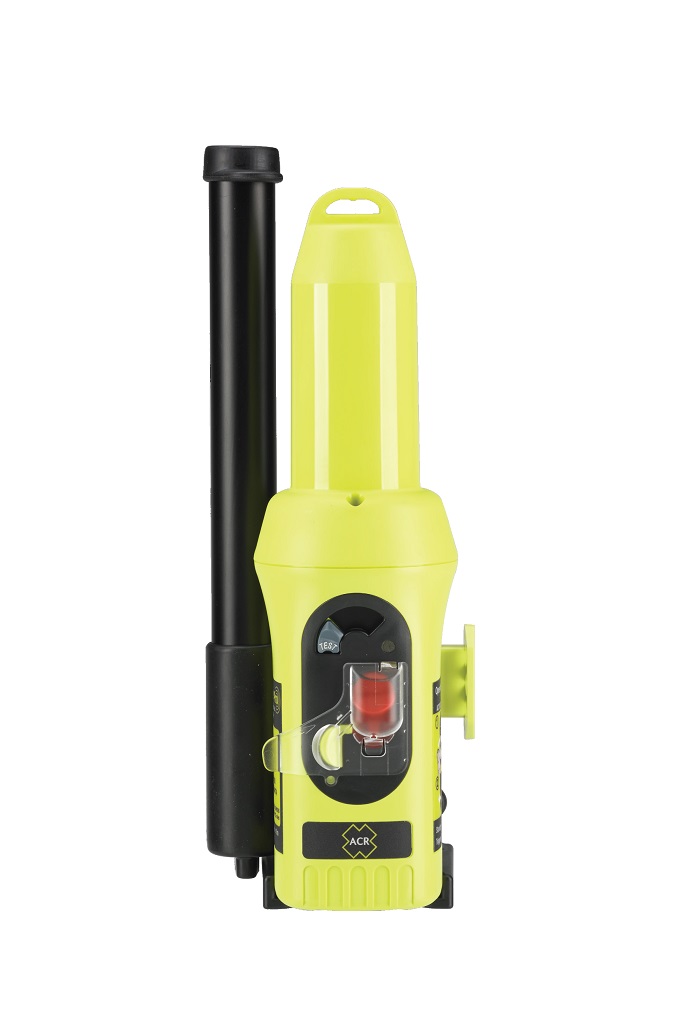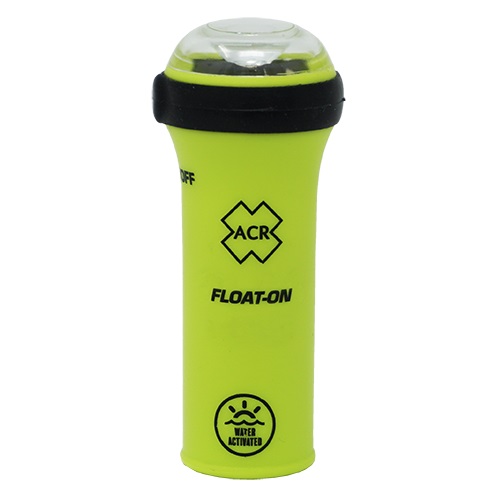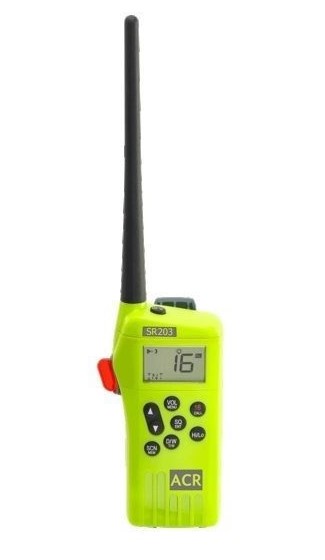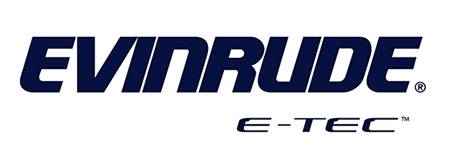Where to Find Yamaha Lower Unit Serial Number
Introduction
If you’re trying to perform maintenance, order replacement parts, or sell your Yamaha outboard, one of the most critical pieces of information you’ll need is your Yamaha lower unit serial number. Knowing where to find this number can save you time, money, and headaches. In this guide, we’ll walk you through exactly where to find your Yamaha lower unit serial number, what it looks like, and why it matters.
Overview / What Is the Yamaha Lower Unit Serial Number?
The Yamaha lower unit serial number is a unique identifier engraved or printed on your outboard engine’s lower unit. This number helps manufacturers, service professionals, and owners identify the exact specifications and production details of the motor. It’s essential for ordering the right replacement parts and ensuring compatibility with your lower unit.
While the engine serial number is more commonly used, the lower unit may have separate codes, part numbers, or casting stamps that help distinguish the model and year. For aftermarket units or remanufactured parts, serial numbers may be added by third-party suppliers.
Common Places to Locate the Yamaha Lower Unit Serial Number
The serial number can be located in a few different areas depending on the model and age of the Yamaha outboard. Below are the most common locations:
- Mounting Bracket Plate: Usually on the port side of the outboard.
- Lower Unit Casing: Look around the driveshaft housing and close to the anti-ventilation plate.
- Near the Trim Tab: Sometimes stamped into the metal near the zinc trim tab or fin.
- On Casting Stamps: Found on the inside or exterior of the lower unit casing.

How to Identify the Serial Number on Older Yamaha Models
Older Yamaha outboards may not follow the modern standard label or sticker format. In these cases, serial numbers may be:
- Stamped directly into the lower unit metal
- Missing altogether if the unit has been repainted or refurbished
- Obscured by corrosion or marine growth
If you’re unsure whether you’ve found the correct serial number, compare it to the model and serial number listed on the transom mounting bracket. Cross-referencing these numbers with an OEM Yamaha parts catalog can help confirm the correct lower unit information.
How to Use the Yamaha Lower Unit Serial Number
Once you’ve found the serial number, it becomes a vital reference for several tasks:
- Ordering Parts: Use it to confirm gear ratios, shaft length, and spline counts.
- Verifying Compatibility: Ensures the replacement or aftermarket unit fits correctly.
- Warranty Claims: Some Yamaha warranties require proof of identification via serial number.
This number may also be needed when registering a used outboard or confirming a sale through a dealership.
Maintenance Tips
Proper maintenance of your Yamaha lower unit will preserve its performance and lifespan. Here’s how to protect that vital serial number and ensure smooth operation:
- Clean around the serial number area regularly to prevent corrosion.
- Use anti-seize compound when disassembling parts near the serial plate or stamp.
- Document the serial number somewhere safe (logbook, app, or sticker inside boat).
Keep your lower unit in excellent condition with regular gear oil changes, water pump inspections, and zinc anode replacements. And remember: knowing your Yamaha lower unit serial number helps ensure you get the right components every time.
Expert Advice and Pro Recommendations
Marine mechanics and Yamaha-certified professionals recommend the following tips when dealing with Yamaha lower unit serial numbers:
- Use a flashlight: Many serials are hidden in shaded or recessed areas of the housing.
- Take photos: Keep a digital copy on your phone or in your boat maintenance file.
- Ask a dealer: If you’re unsure, a Yamaha dealer can help verify the unit by using both the engine and lower unit data.
Aftermarket lower units, such as SEI or GLM replacements, often include their own serial tags or casting numbers. Always check these against OEM specifications when ordering or replacing parts.
Best Practices When Replacing a Lower Unit
If your lower unit is beyond repair, replacing it is often the best option. When doing so, make sure to:
- Match gear ratio, shaft length, and spline count to the original unit.
- Check whether the serial number is preserved or replaced on the new unit.
- Retain receipts and warranty paperwork for future reference.
Failing to match these specifications can lead to performance issues, misalignment, or gear failure.
How to Decode Yamaha Lower Unit Serial Numbers
While Yamaha’s official documentation may be required to fully decode a serial number, here are a few general tips:
- Use the Yamaha Model Identification Guide online
- Match your number to engine year/model tables
- Look for online communities and forums with serial number breakdowns
This is particularly helpful when identifying older models or verifying aftermarket compatibility.
Detailed FAQ Section
Where exactly is the Yamaha lower unit serial number located?
The Yamaha lower unit serial number is typically found on the port side of the mounting bracket or on the lower unit casing itself. Depending on the year and model, it might be printed on a metal plate, stamped into the housing near the anti-ventilation plate, or cast into the inner gearcase.
For newer models, look near the trim tab or close to the driveshaft housing. If you’re having trouble locating it, a flashlight and a bit of cleaning may reveal the number etched into the metal.
What if my Yamaha lower unit serial number is missing or unreadable?
If the serial number is worn off or missing, try the following:
- Cross-reference with your engine’s model and serial plate
- Use a Yamaha parts catalog or contact a dealer for assistance
- Check for aftermarket ID tags if it’s a replacement lower unit
In some cases, the casting number inside the gear housing can also be used to match parts. Always confirm with a professional before ordering.
Do I need the lower unit serial number to buy parts?
Yes, especially when buying internal parts like gears, seals, or shafts. The serial number ensures you get the correct gear ratio, spline configuration, and size for your outboard. Without it, there’s a high chance of ordering incorrect or incompatible parts.
Some universal parts may not require a serial, but for precision components, it’s essential.
Are serial numbers the same on OEM and aftermarket Yamaha lower units?
No. Aftermarket lower units from brands like SEI, GLM, or remanufacturers will have their own serial or product numbers. These are typically included on a metal tag or sticker somewhere on the casing. Always keep documentation from your purchase to track this information.
When ordering parts for these units, reference the manufacturer’s product ID, not the original Yamaha number.
Can I verify the year of my Yamaha motor using the lower unit serial number?
The lower unit serial number alone may not reveal the year unless it’s decoded using Yamaha’s serial guides. However, when used in conjunction with the engine serial number or model ID, it can help confirm manufacturing year and model series.
Use Yamaha’s official ID charts or consult a Yamaha service dealer for accurate identification.
Special Offer
WELCOME5 – Get 5% off storewide at allboatsupplies.com
And up to 10% additional off on all lower units
-
Yamaha Aftermarket Lower Unit Replaces 75-100HP (2 & 4 Stroke) – 2.0/2.3 Gear Ratios, 18 Spline, 20/25″ Shafts – SEI-90-404
-
Yamaha Aftermarket Lower Unit Replaces 115-130HP 4-Stroke – Fits 20/25″ Shafts – SEI-90-405
-
Yamaha 90° Aftermarket Lower Unit Replaces 150-200HP (2 & 4 Stroke) – Fits 20/25″ Shafts – SEI-90-416
-
Yamaha 150–200HP Lower Unit 4-Stroke – 20/25″ Shaft – F150/F175/F200 Series (2004–2024) – New/Remanufactured – YA-G4-06
Conclusion
Identifying your Yamaha lower unit serial number is a crucial first step in maintaining, repairing, or replacing your outboard’s lower unit. Whether you’re dealing with OEM units or aftermarket replacements, knowing this serial number saves time and money. With proper identification, maintenance, and expert support, your Yamaha engine will continue to deliver peak performance on the water. Don’t forget to take advantage of our special offers at AllBoatSupplies for top-tier lower unit parts and accessories!
Read More
For more helpful marine maintenance guides, check out our article on When to Replace Your Yamaha Lower Unit: 5 Signs.


